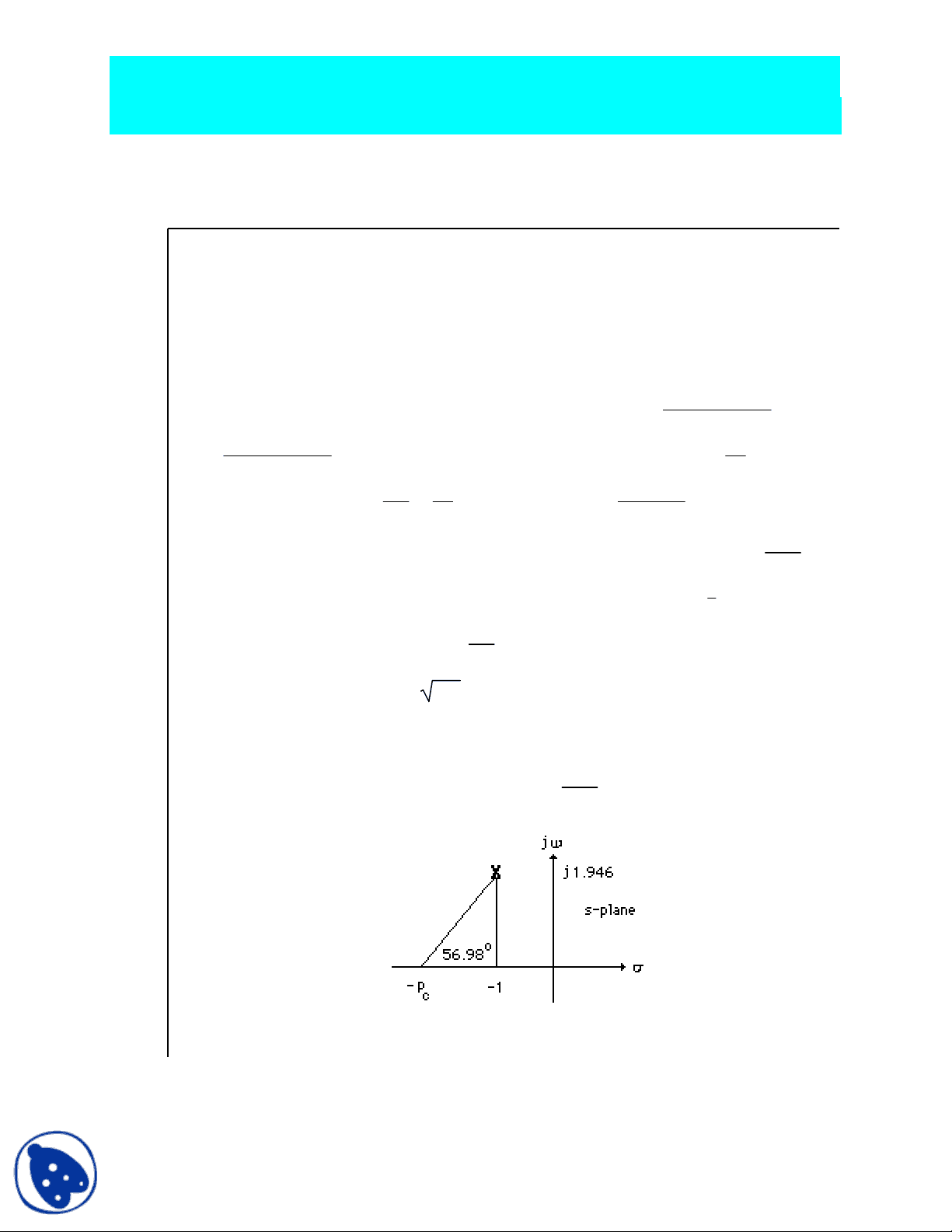
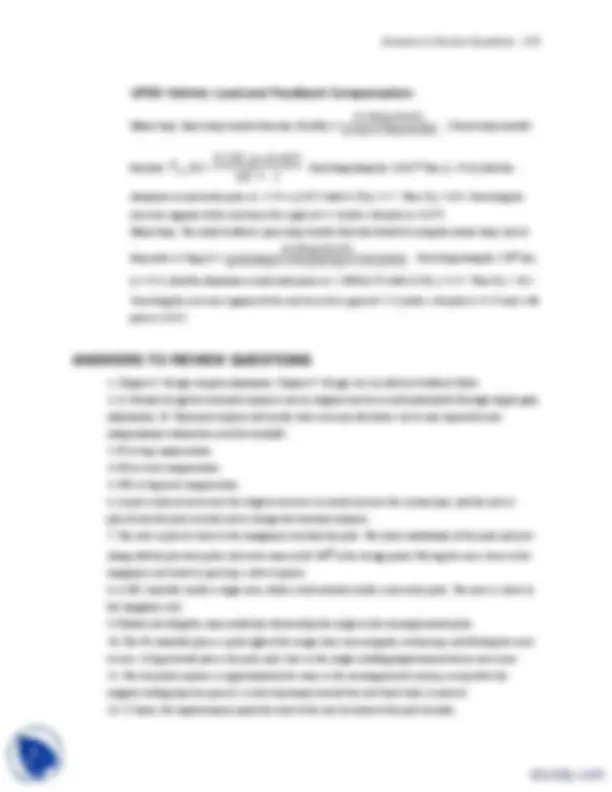
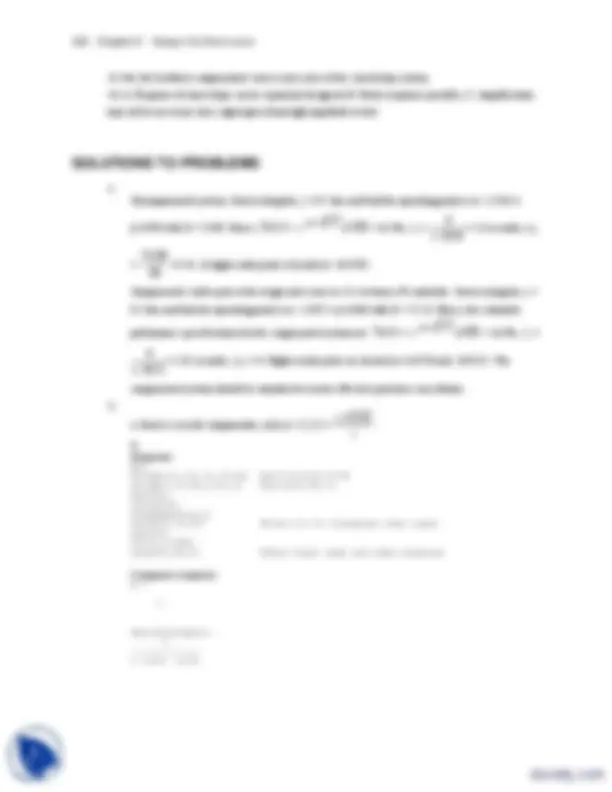
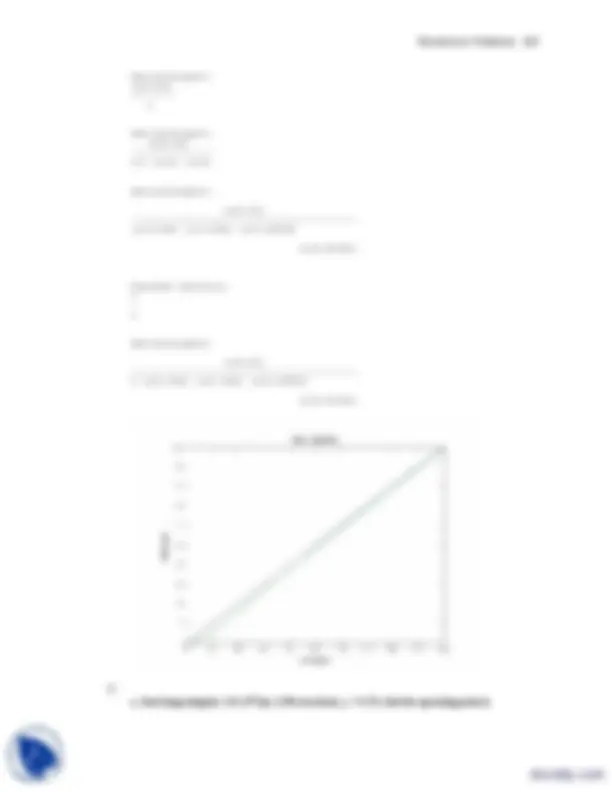
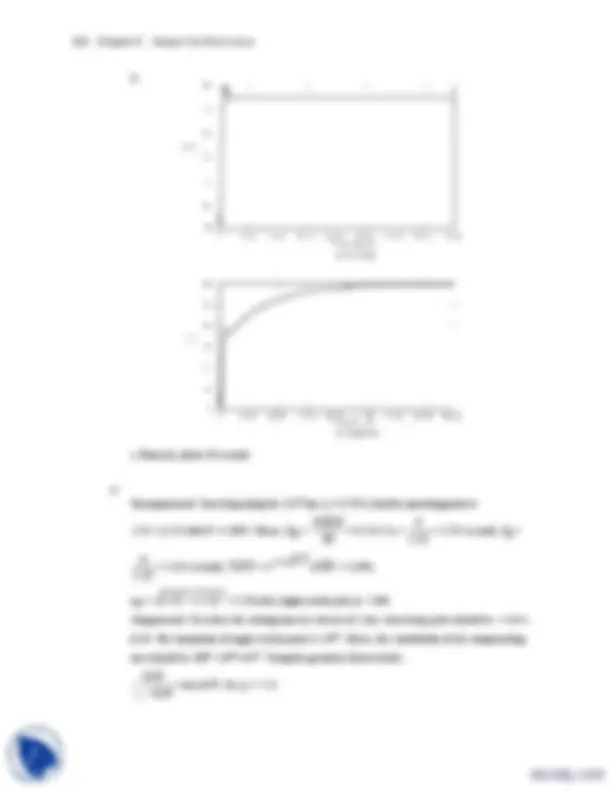
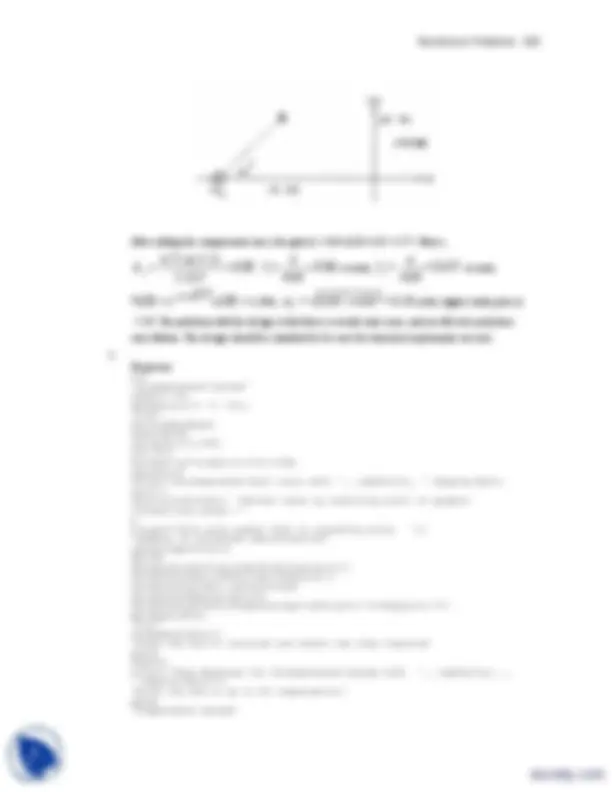
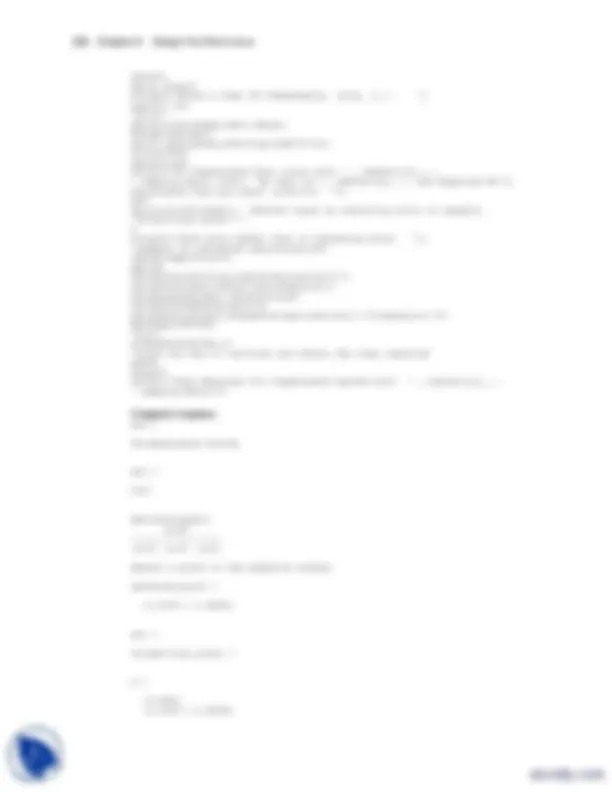
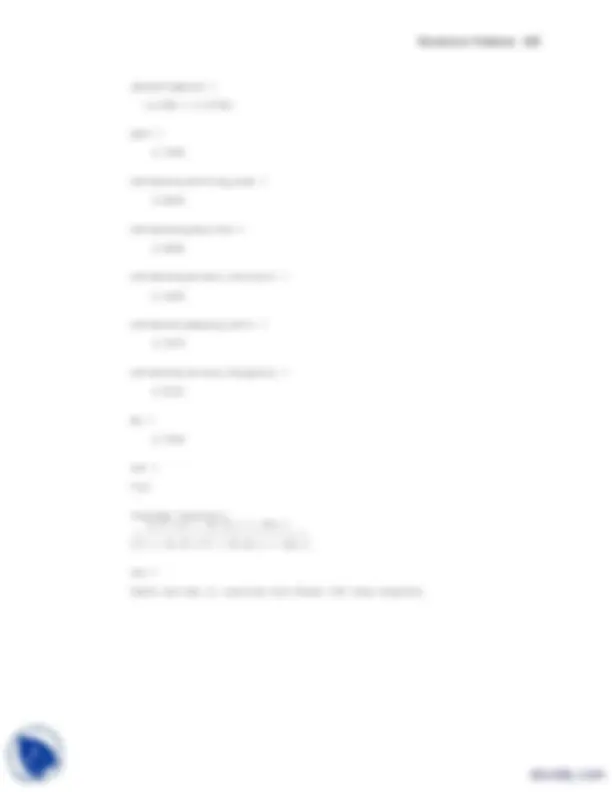
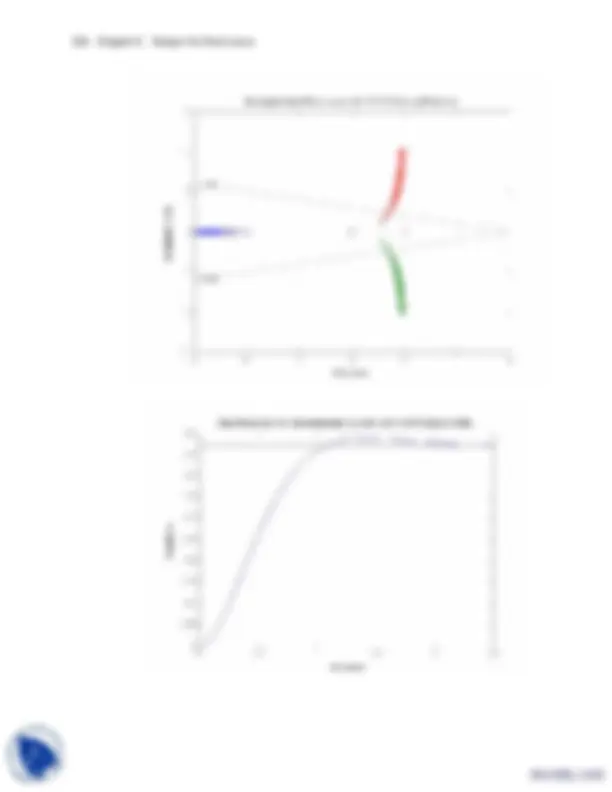
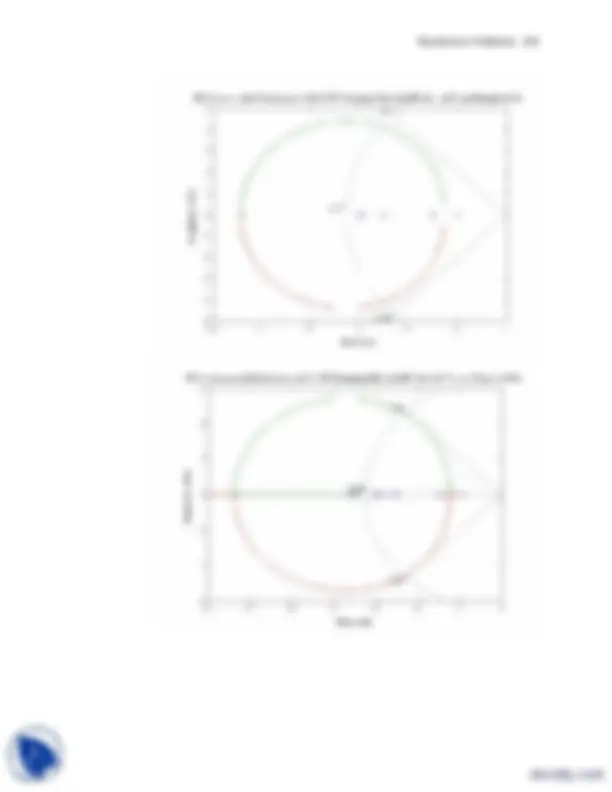
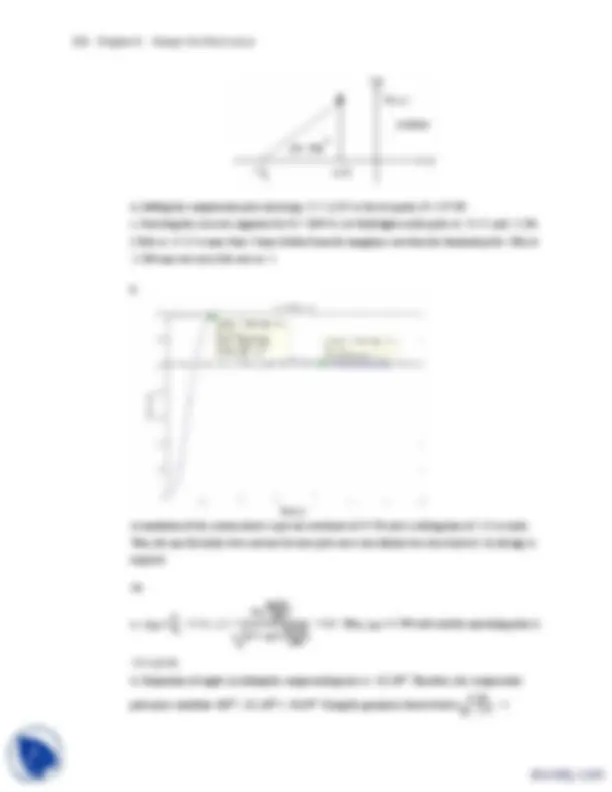
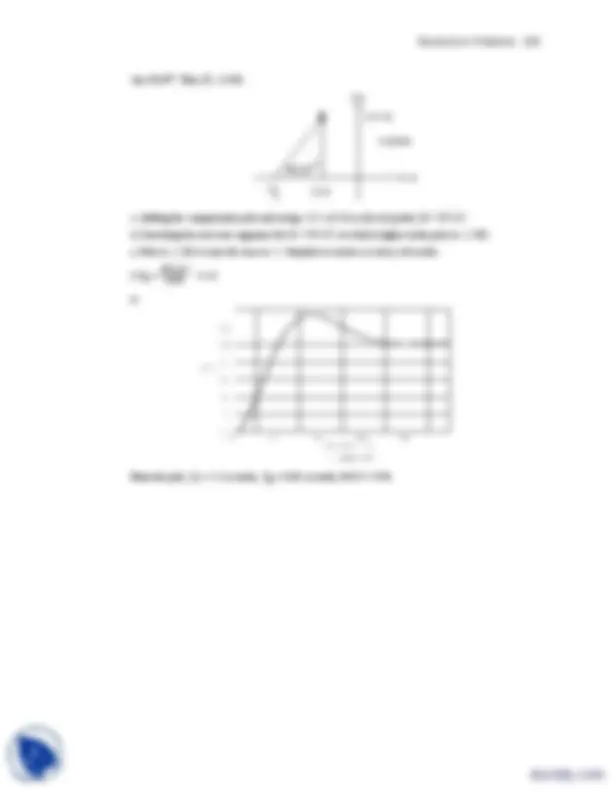
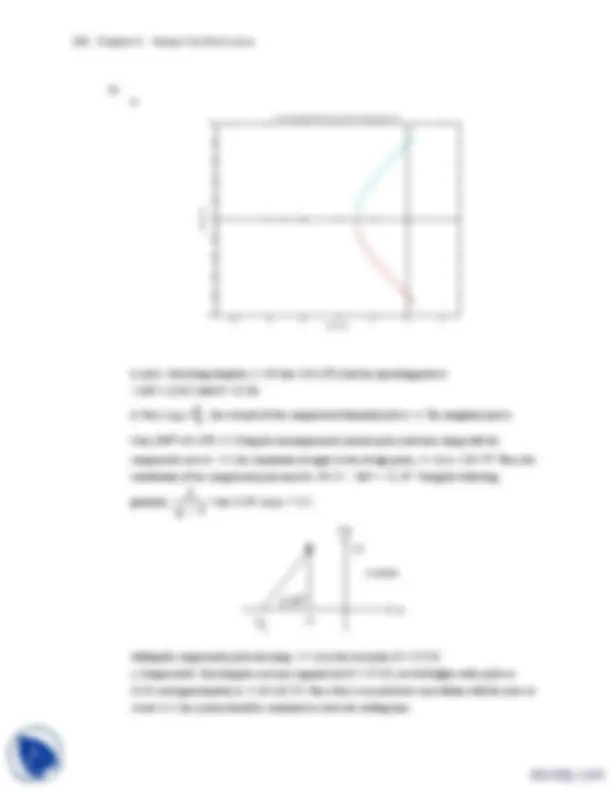
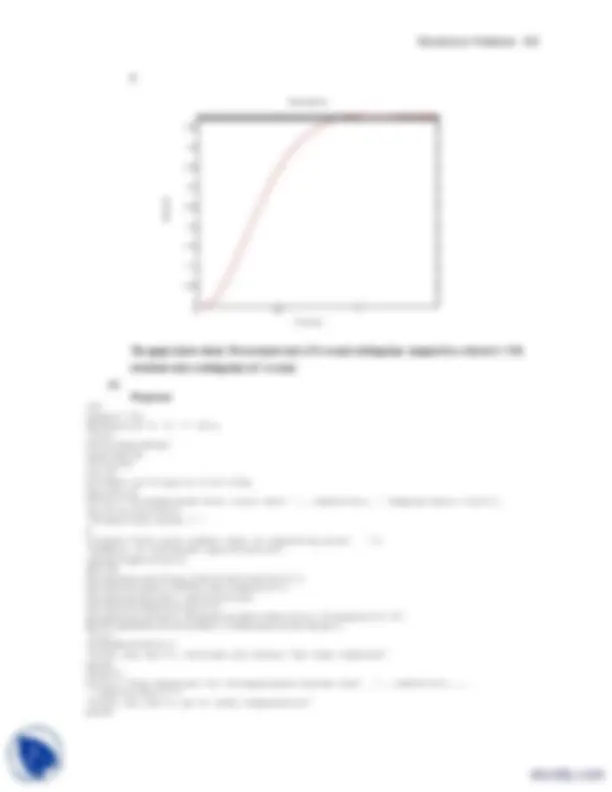
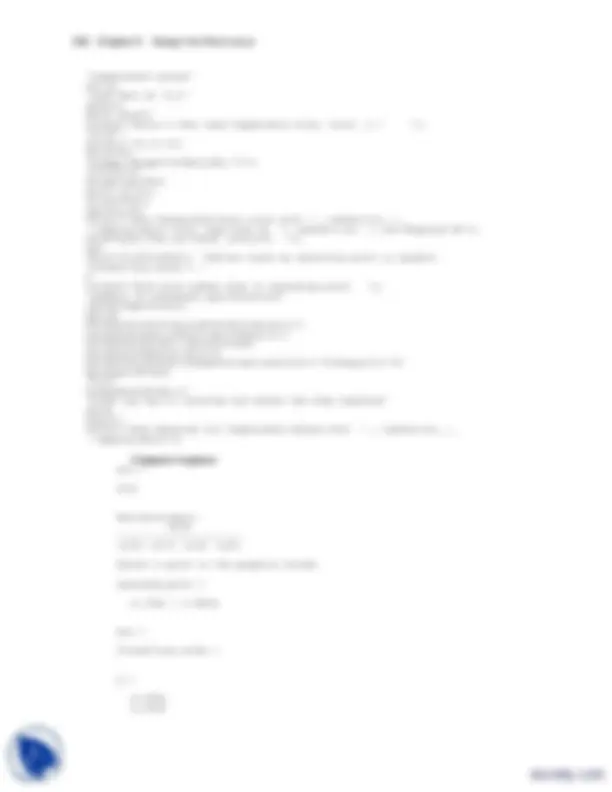
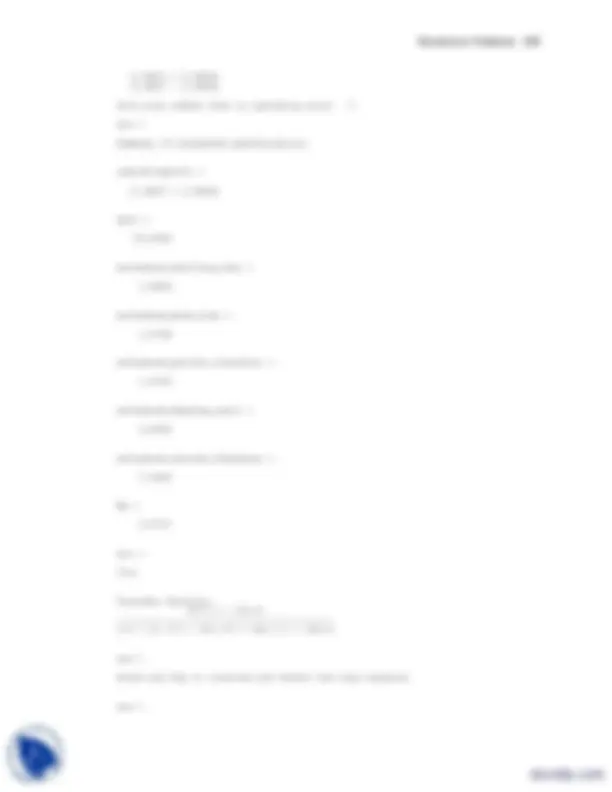
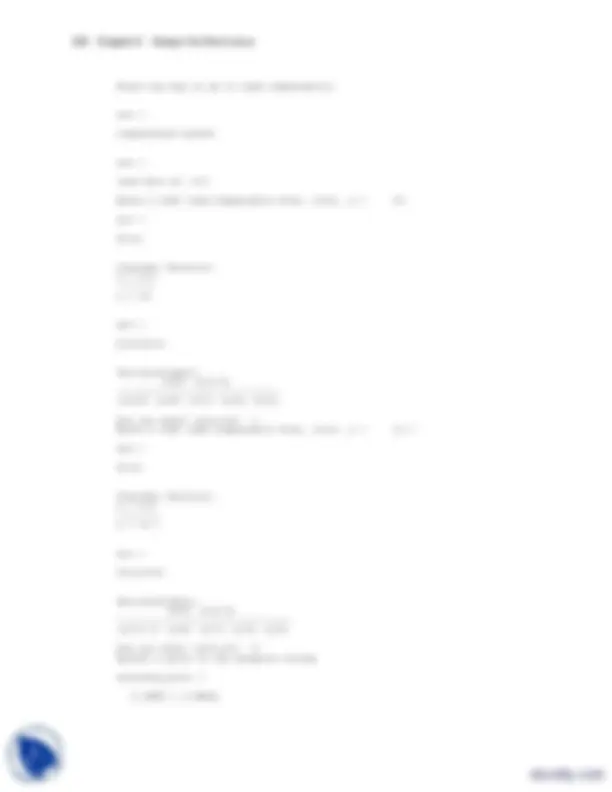

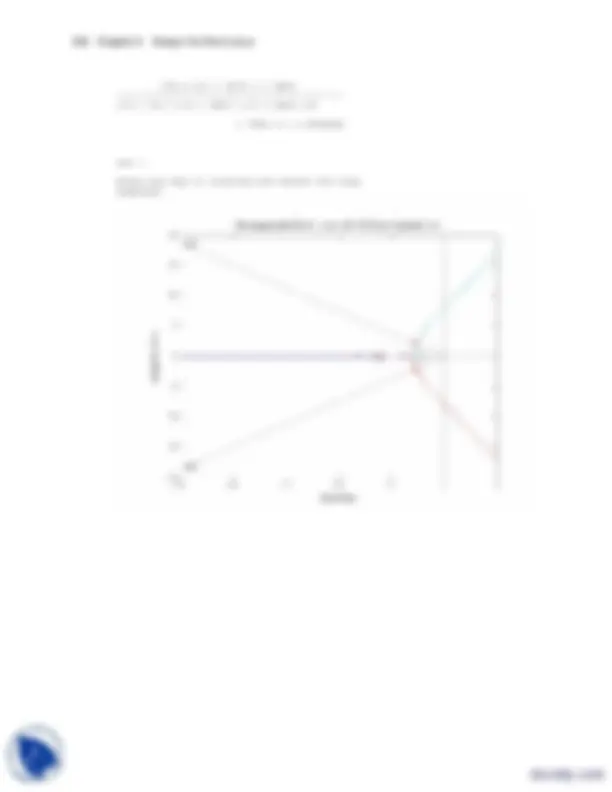
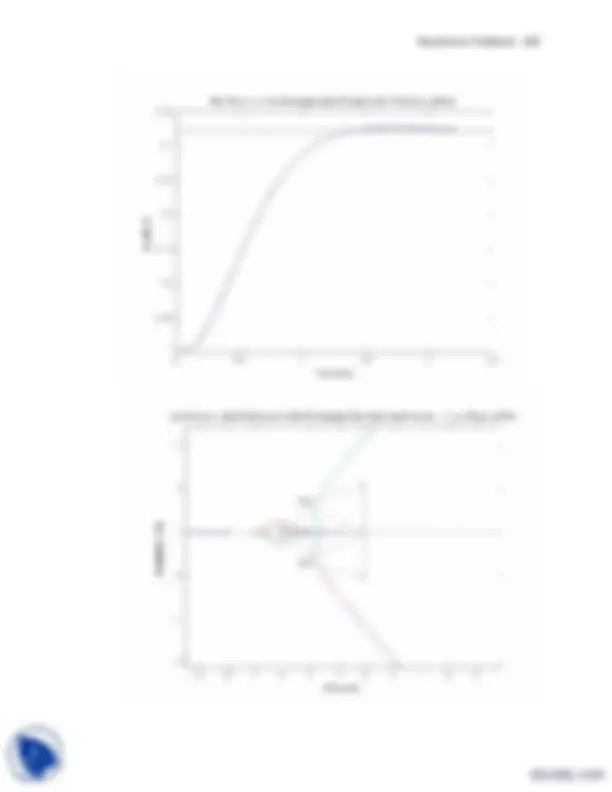
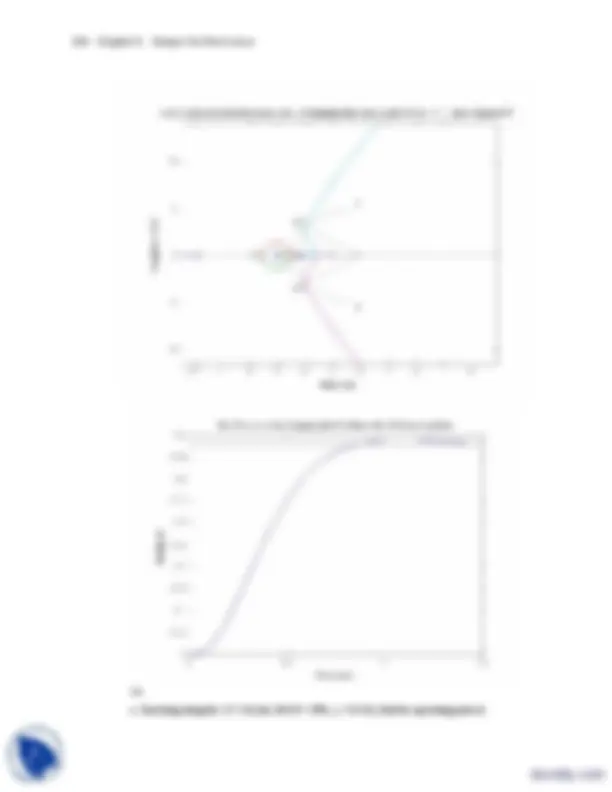
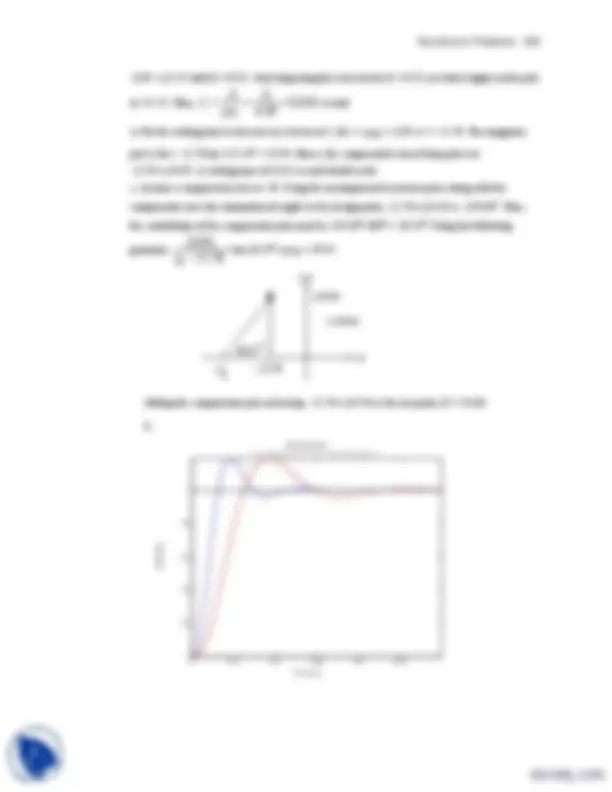
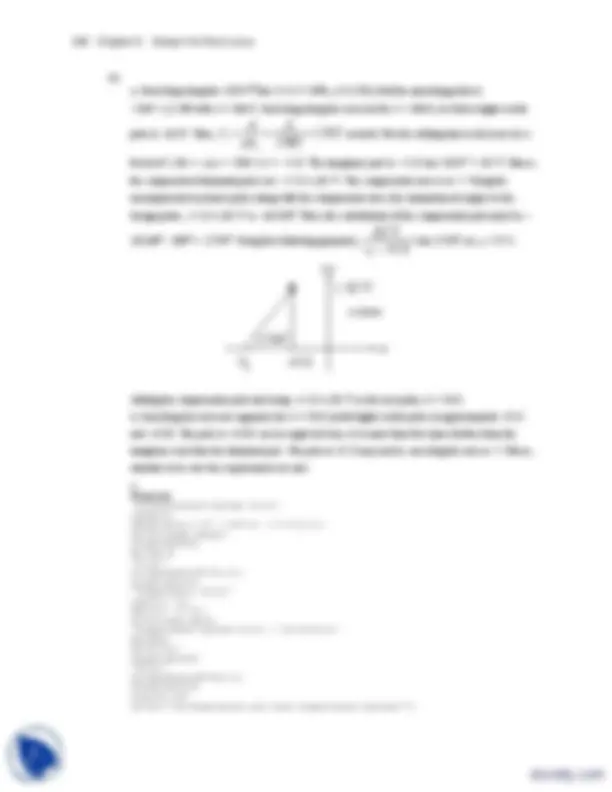
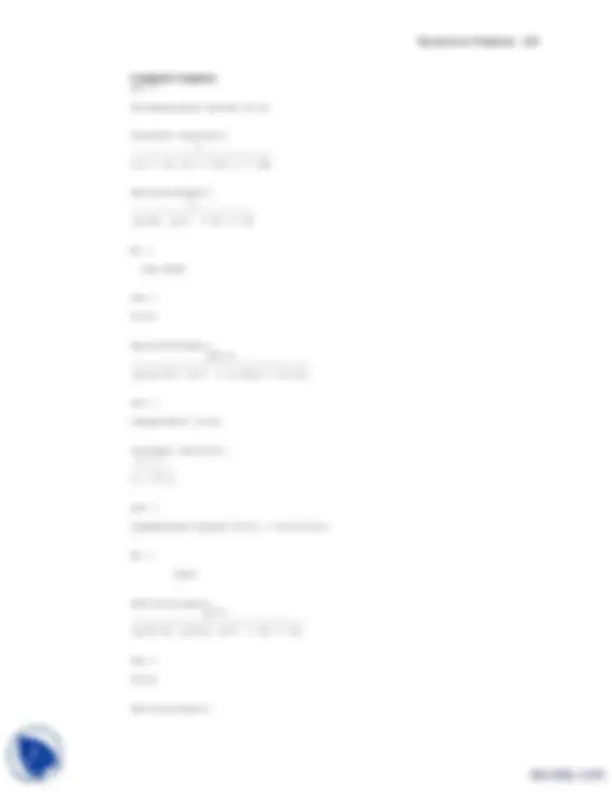
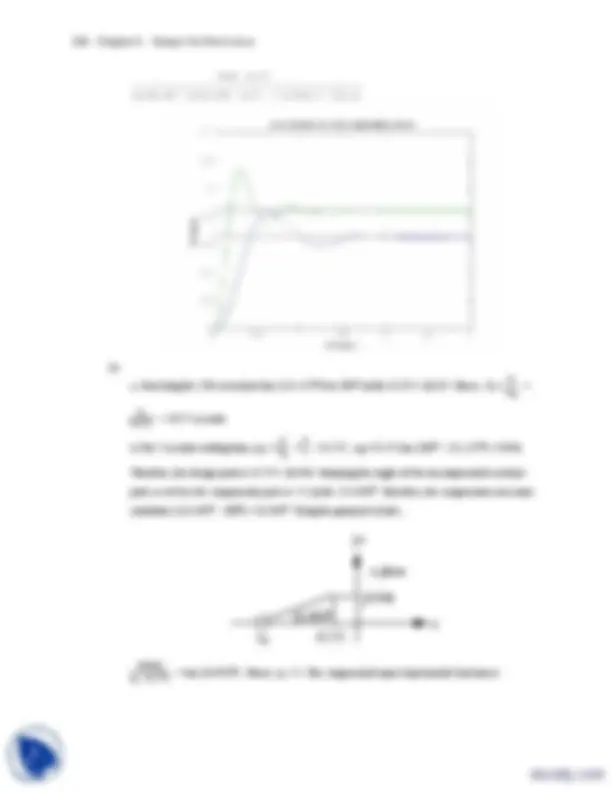
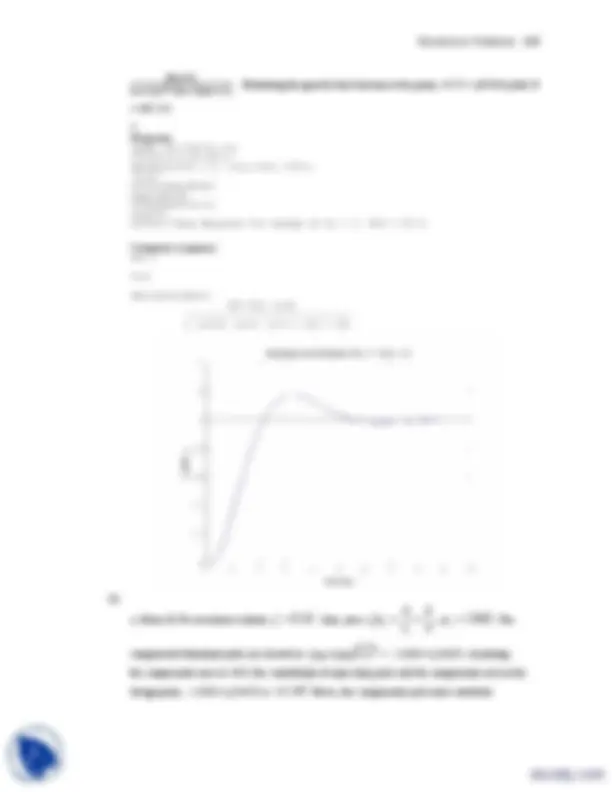
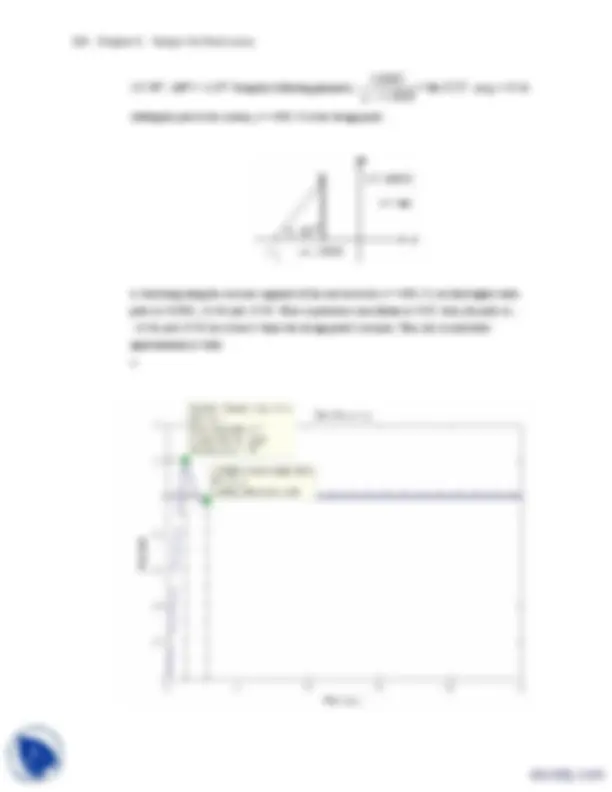
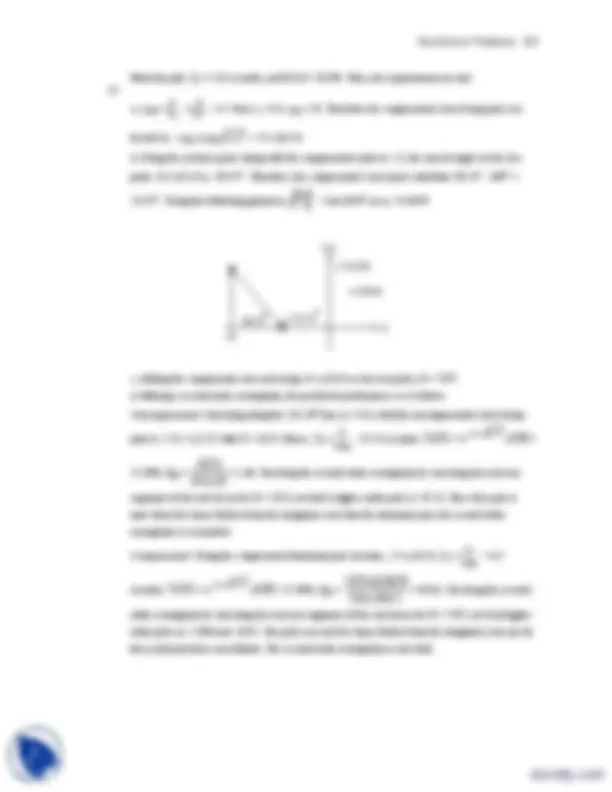
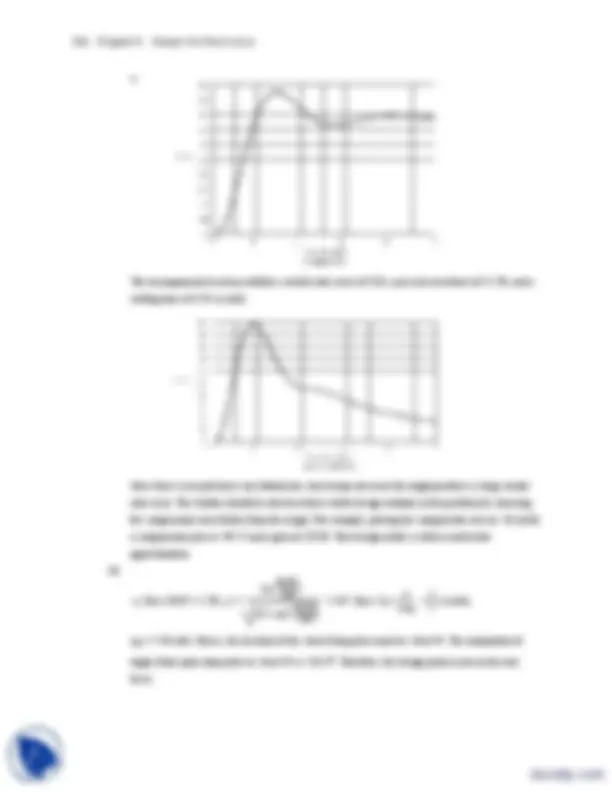
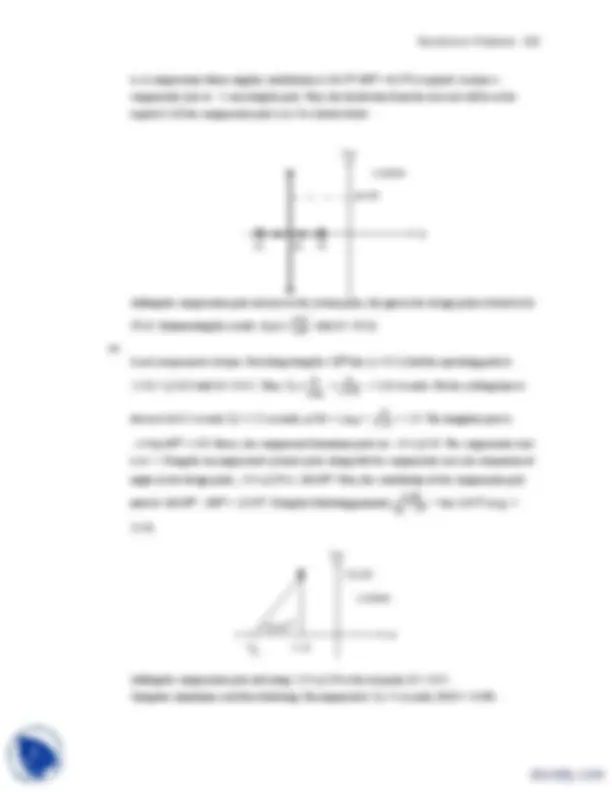
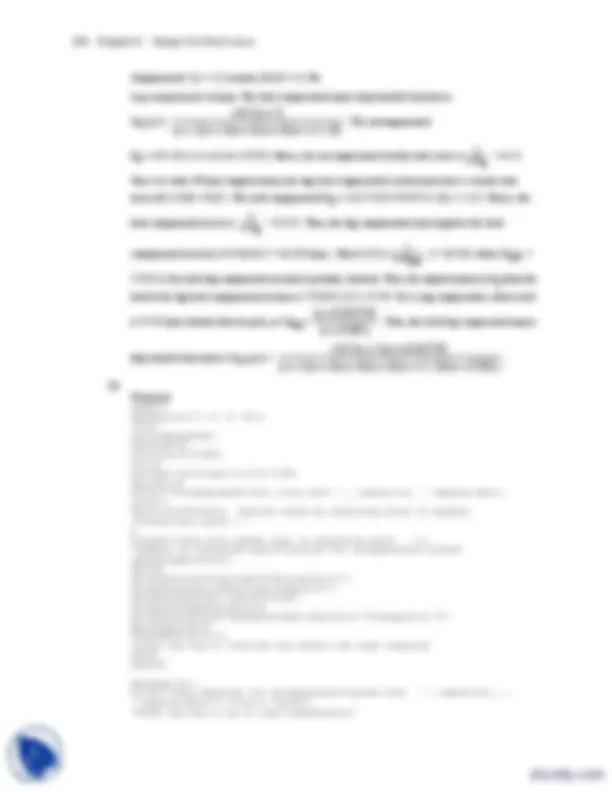
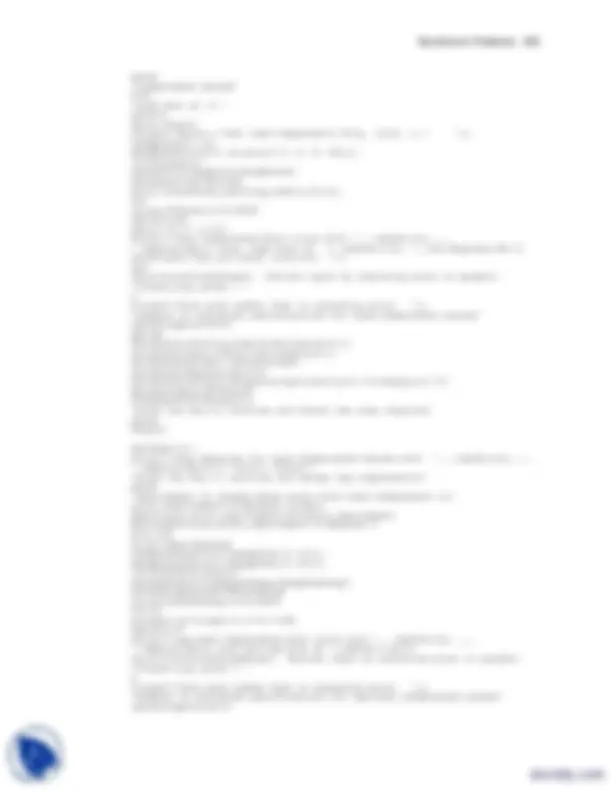
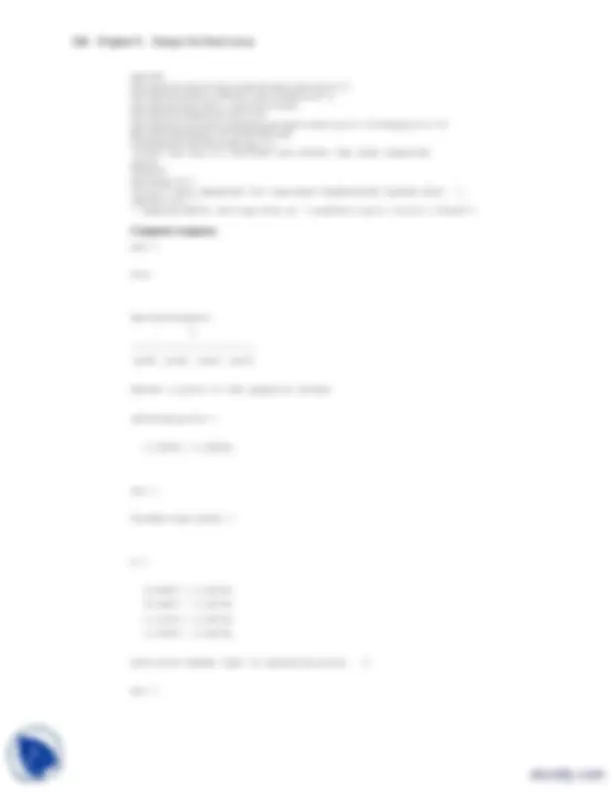


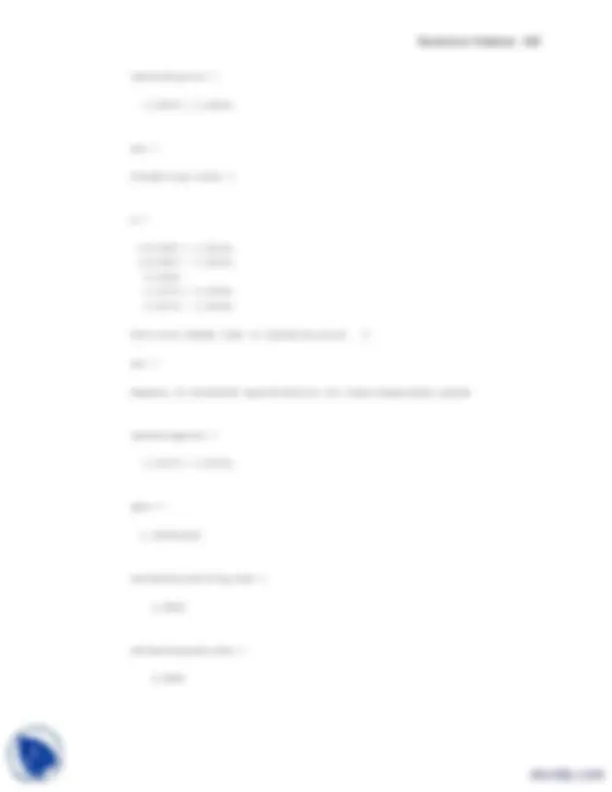

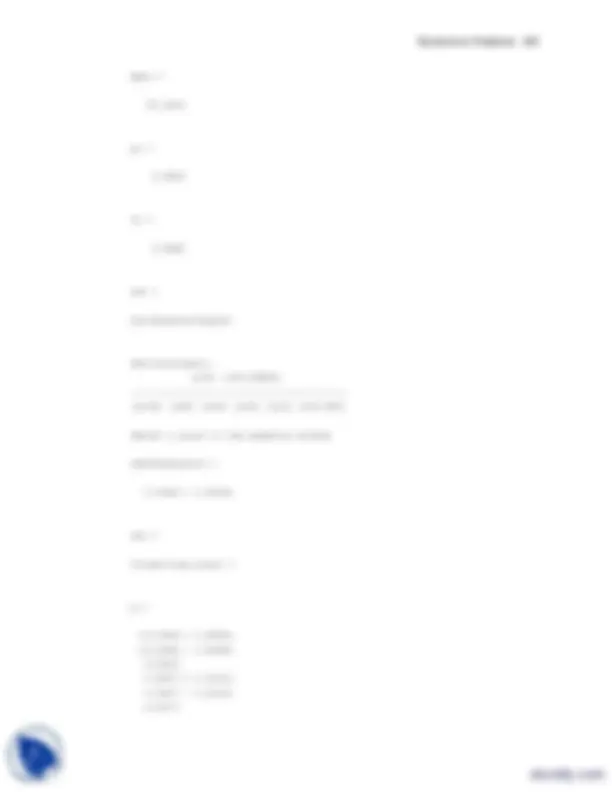

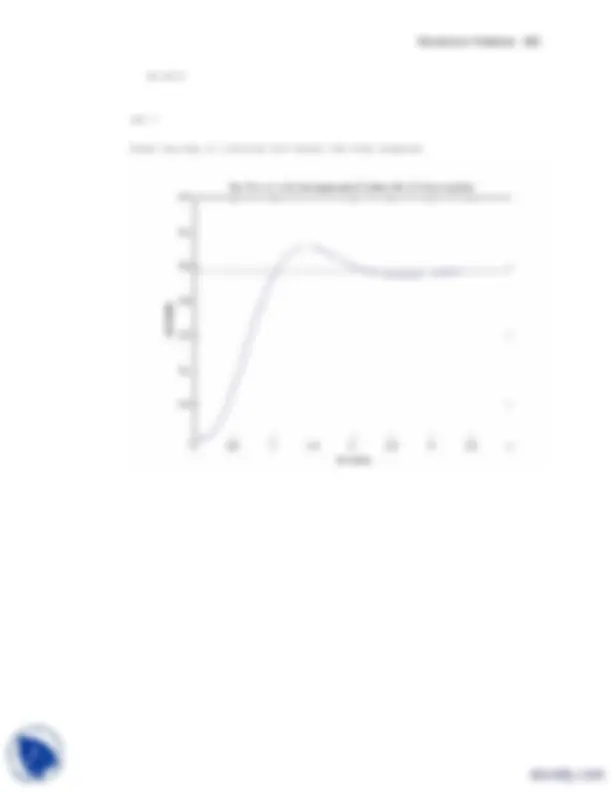
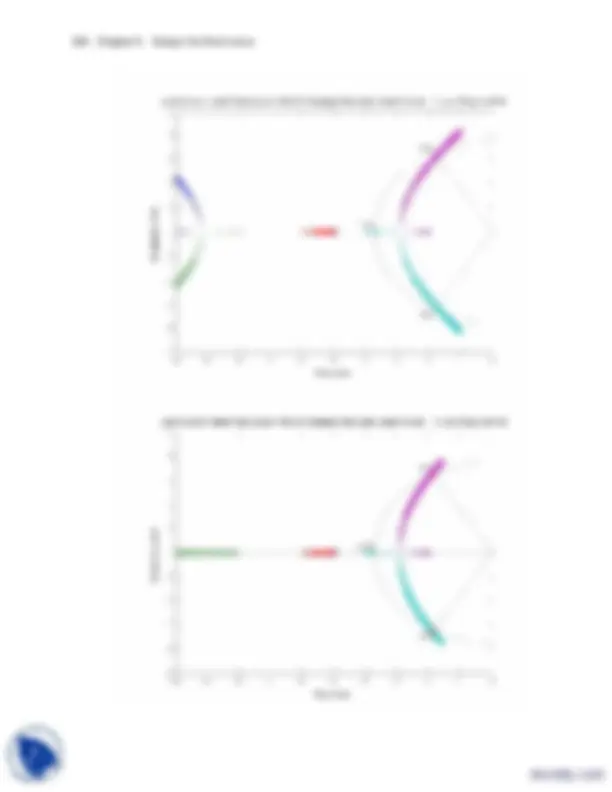
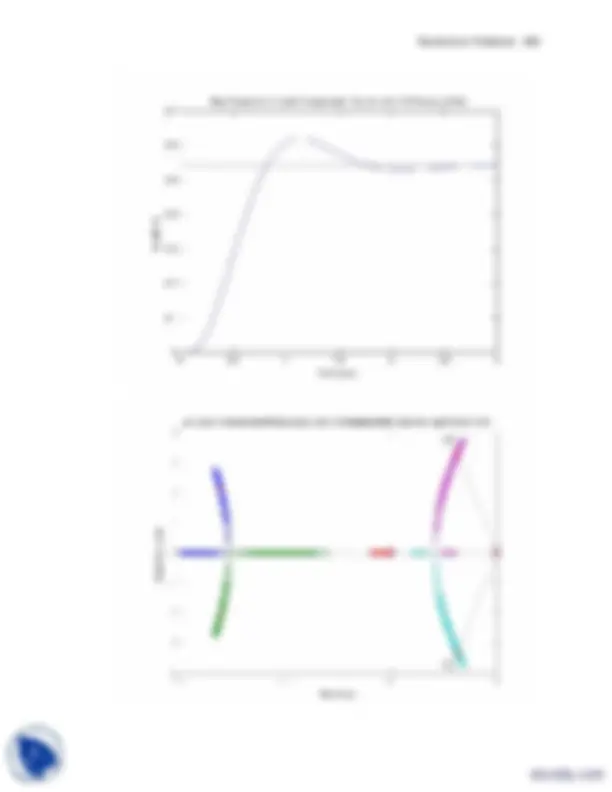
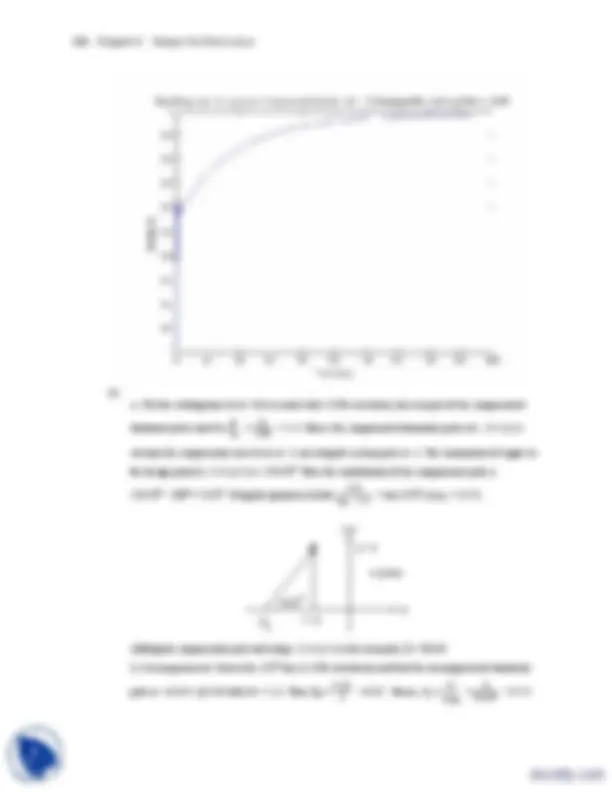
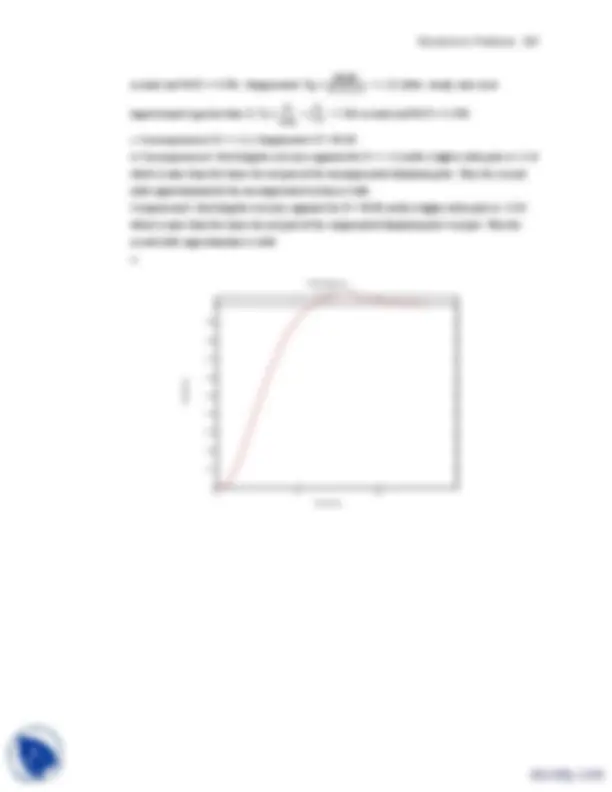
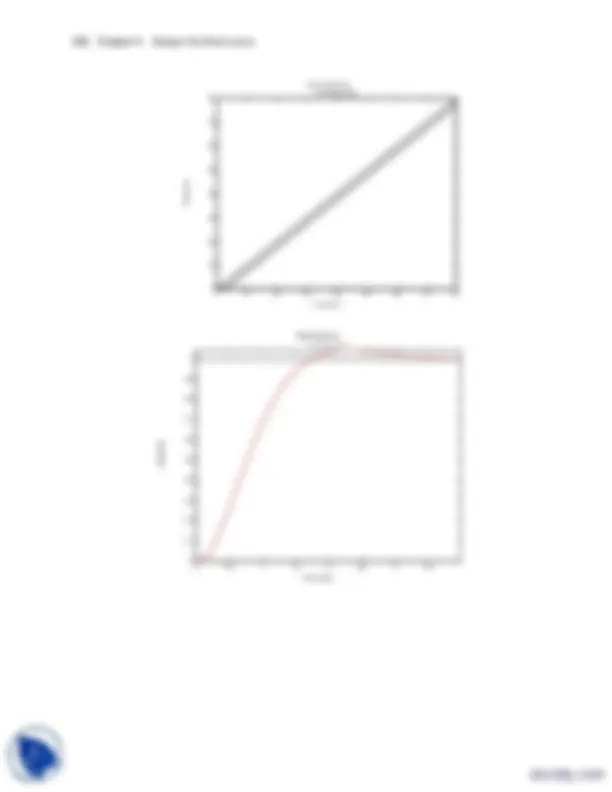
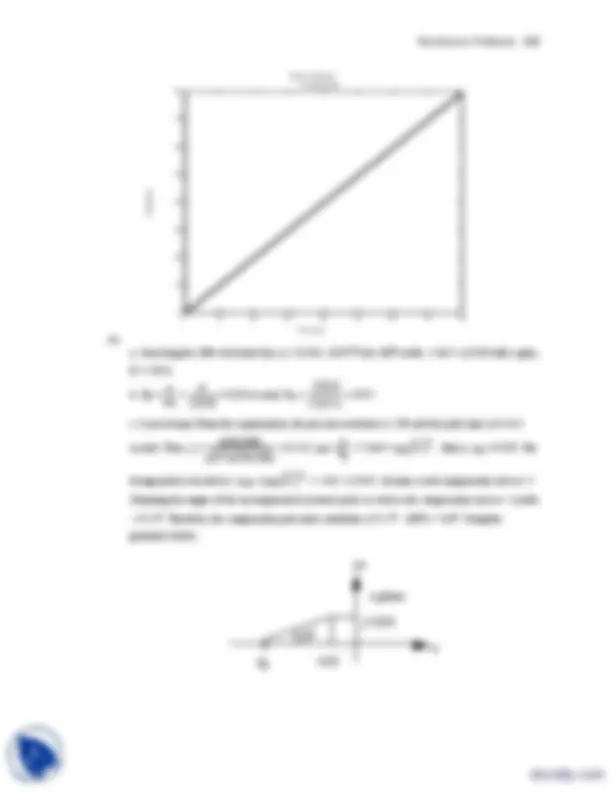
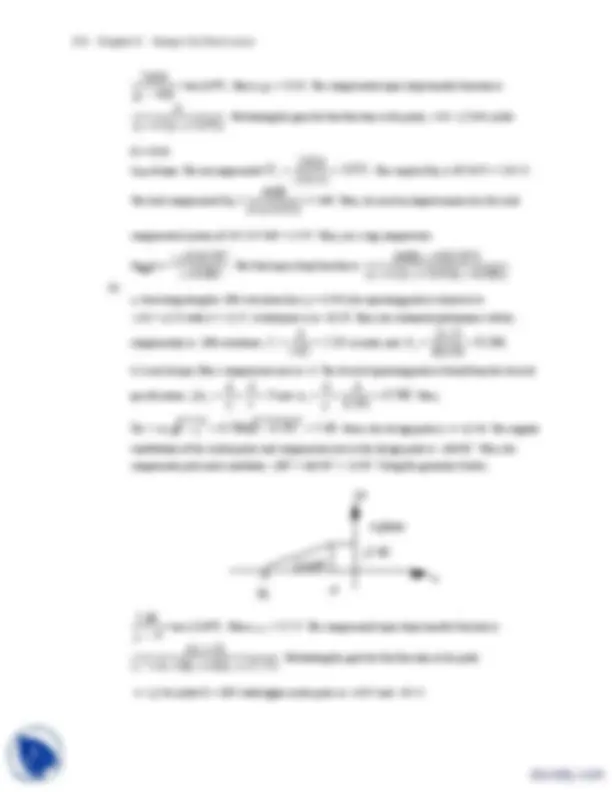
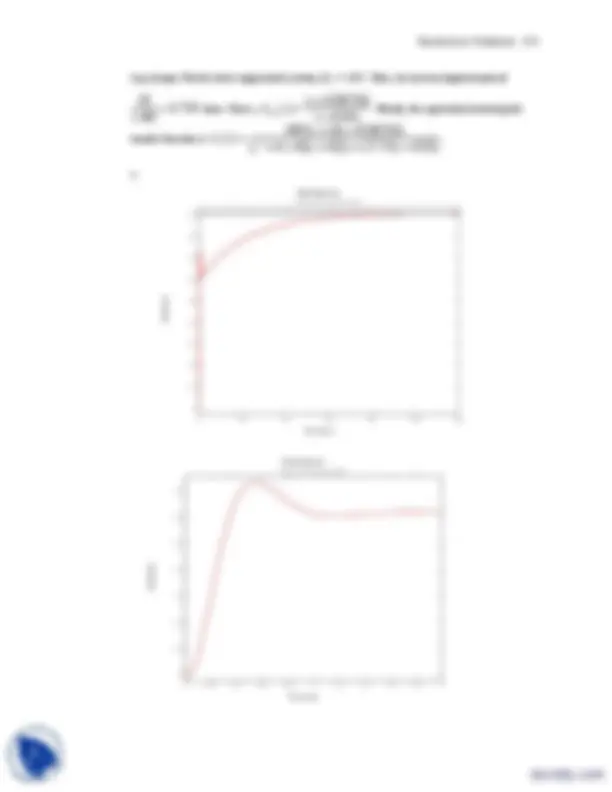
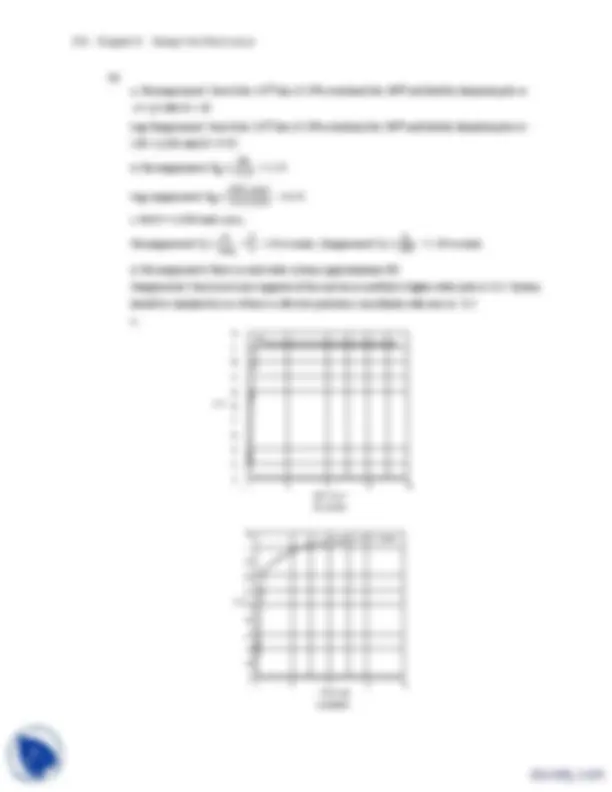
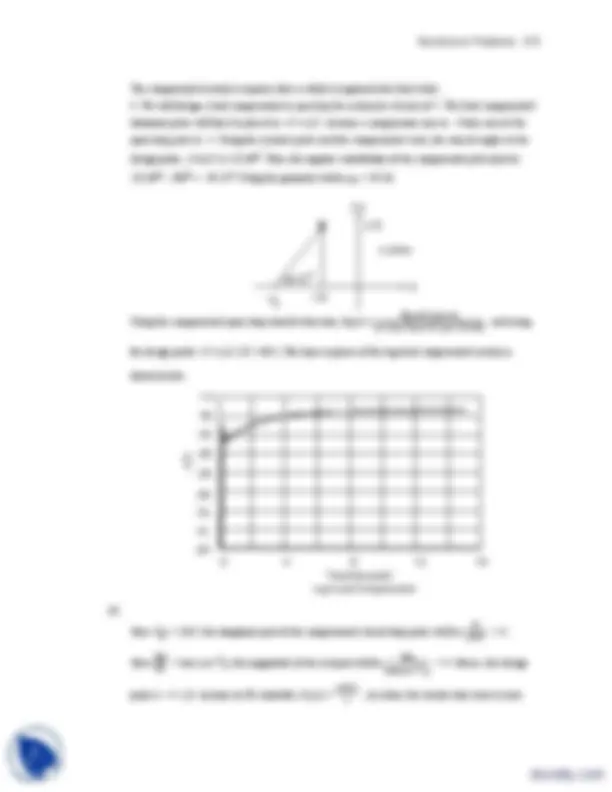
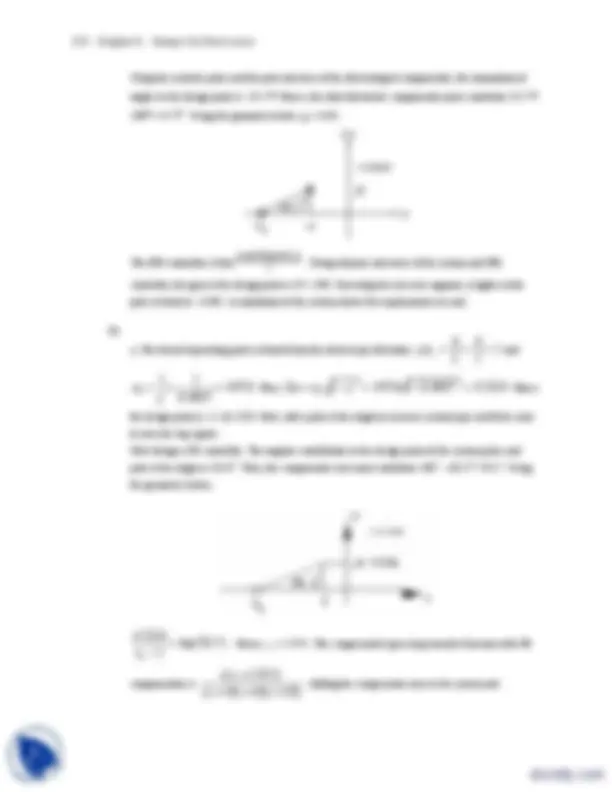
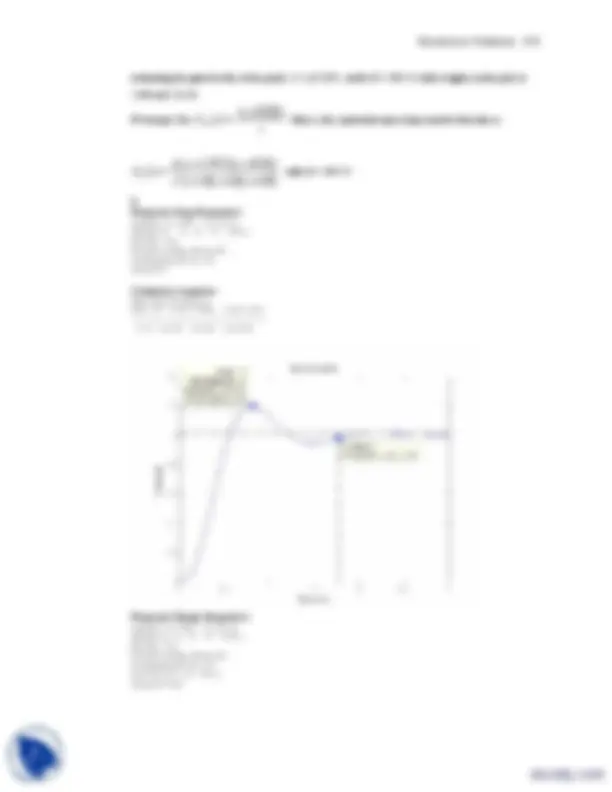
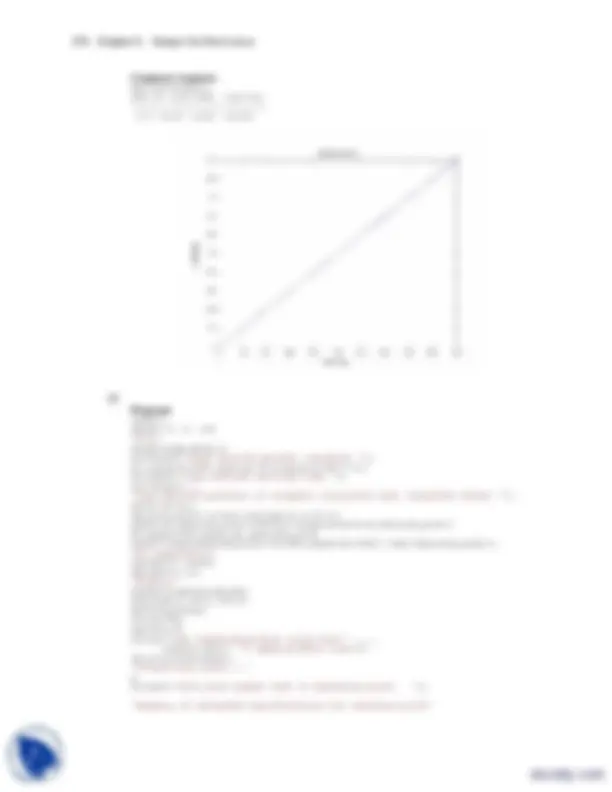
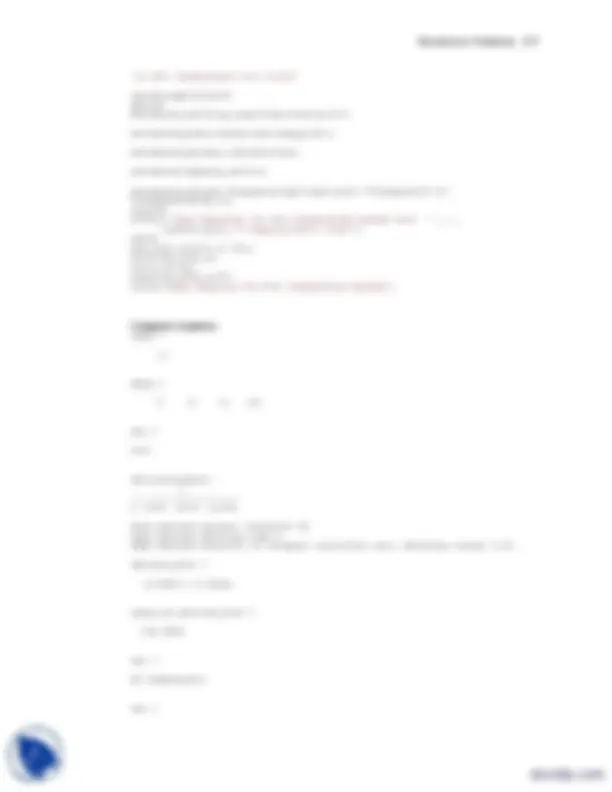
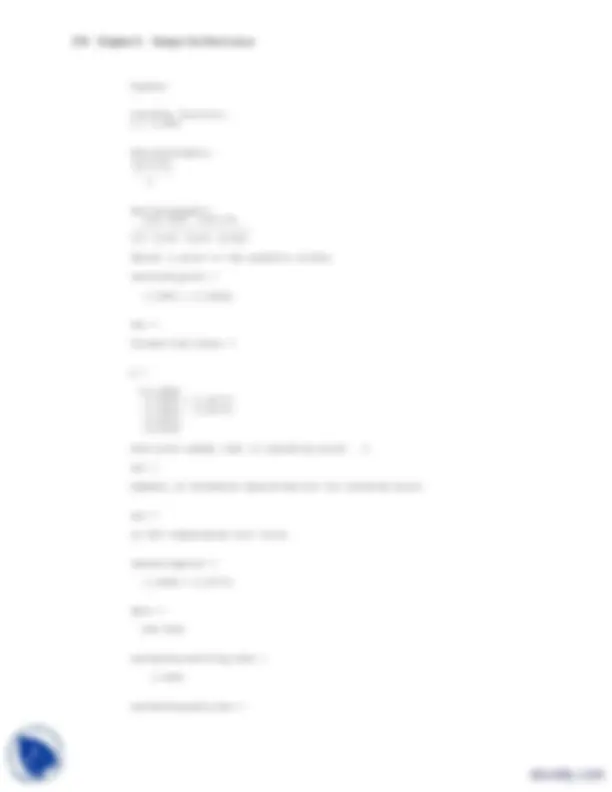
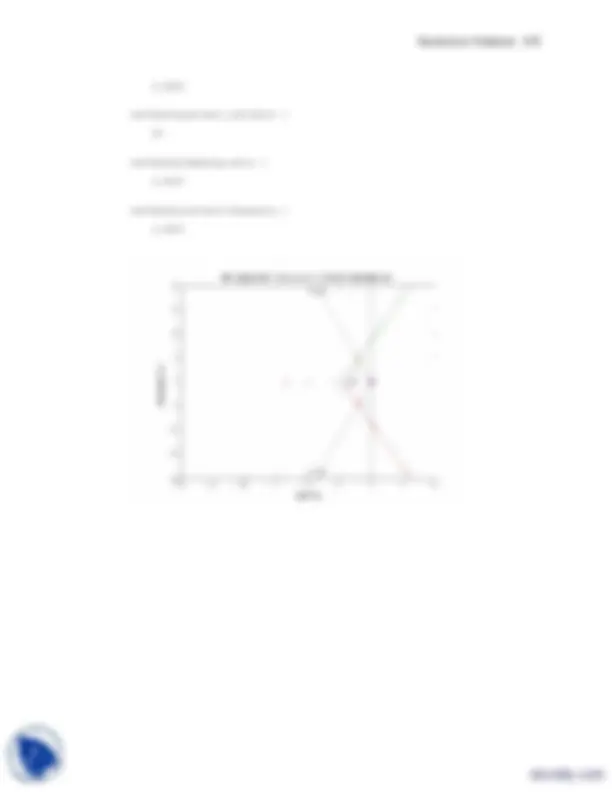
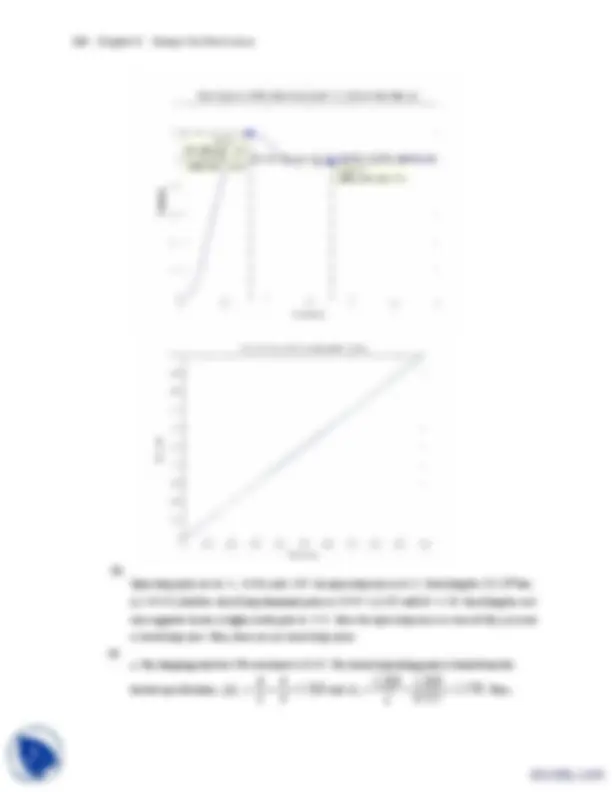
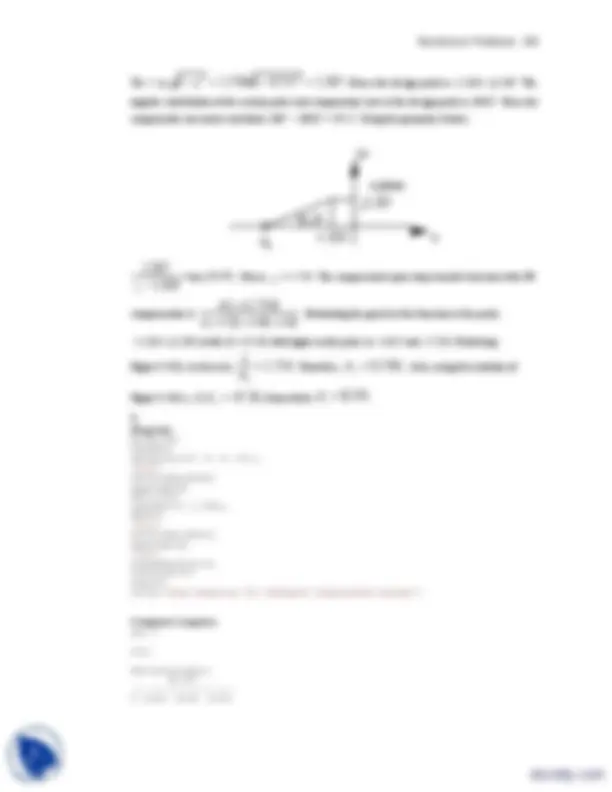
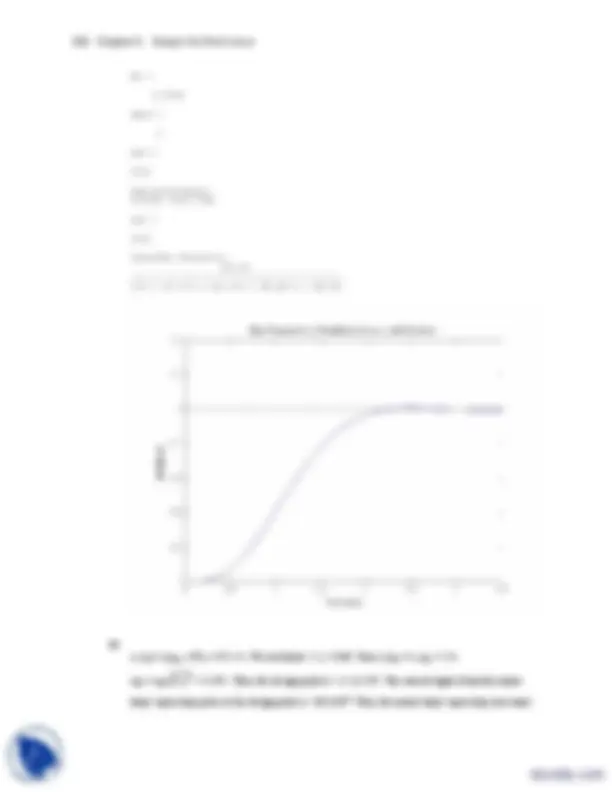
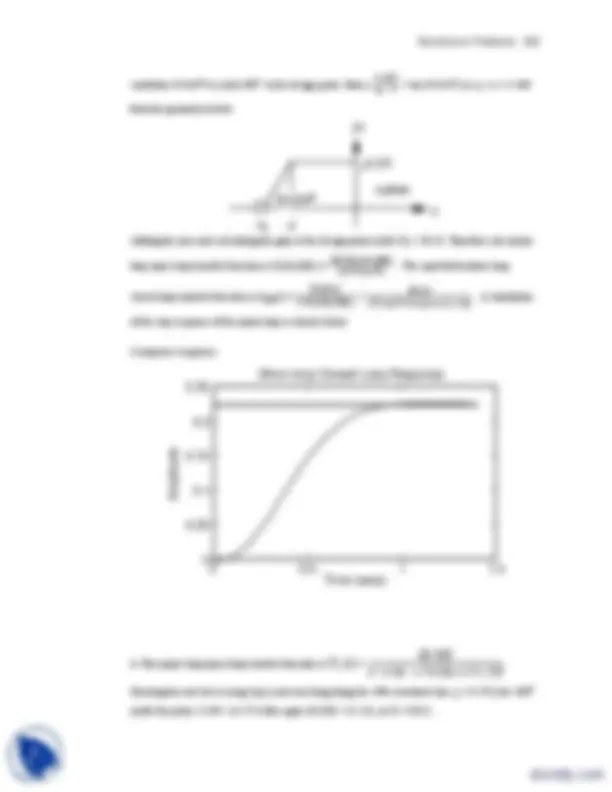
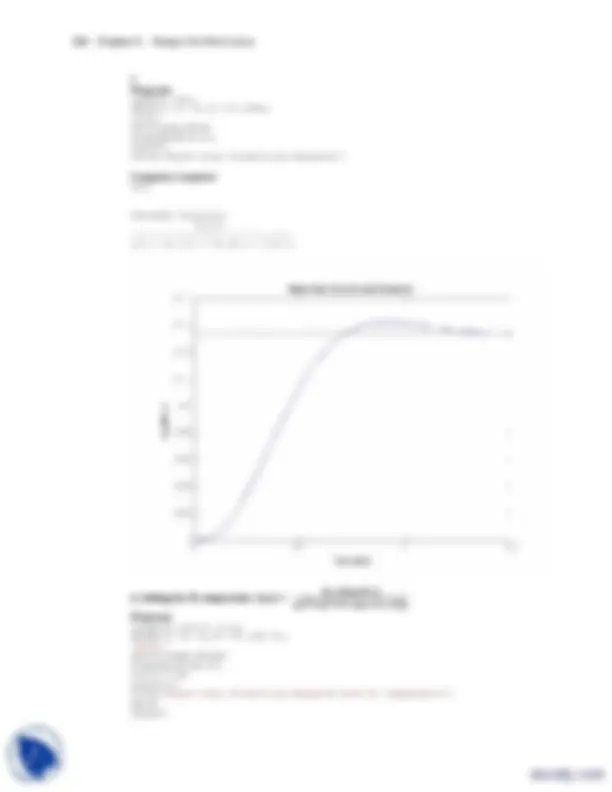
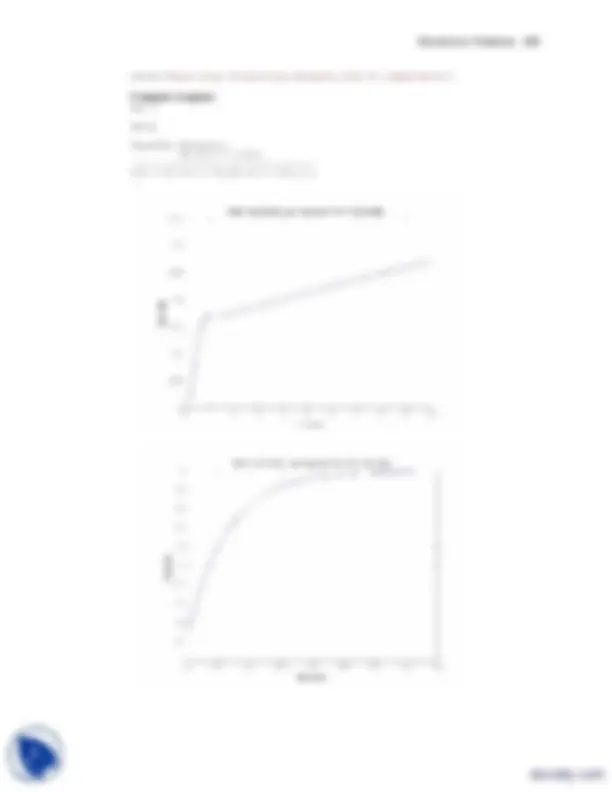
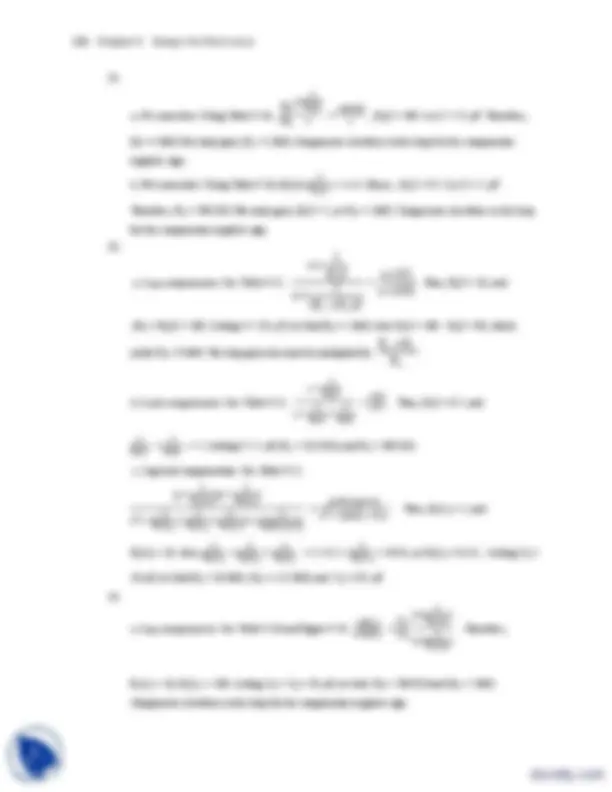
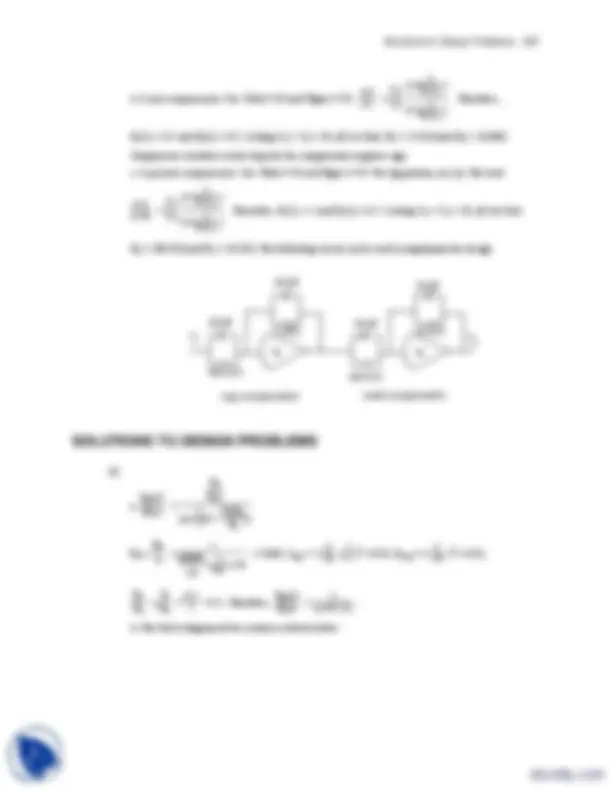
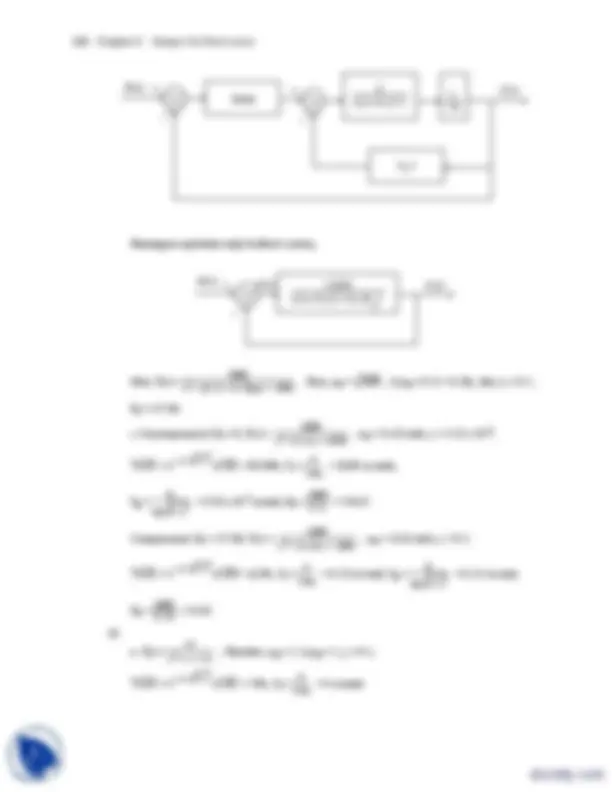
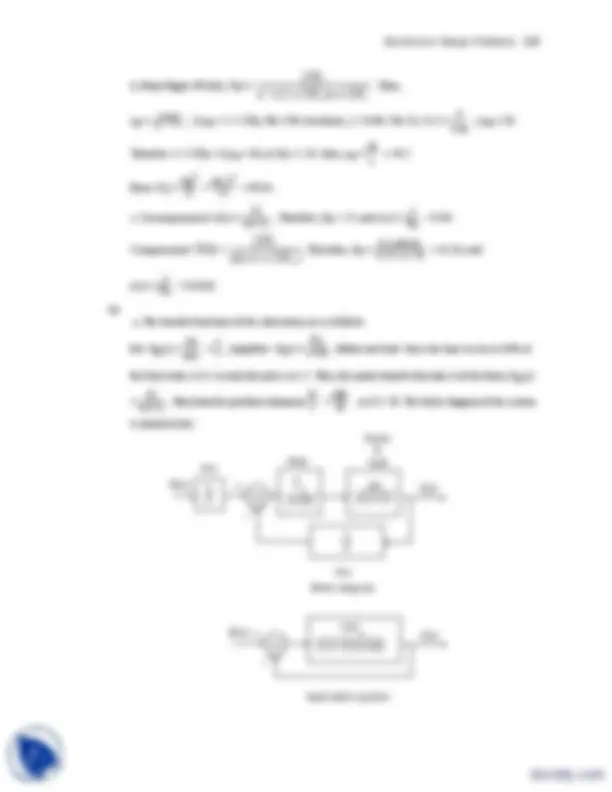
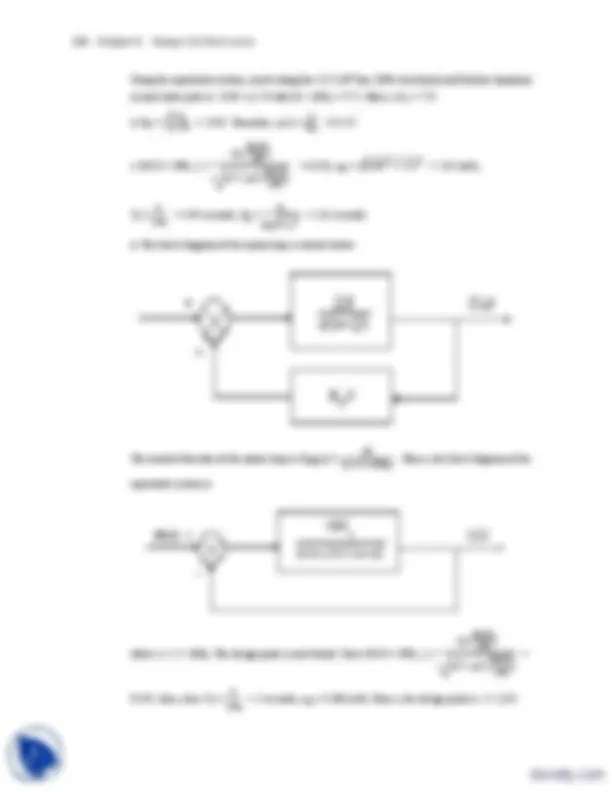
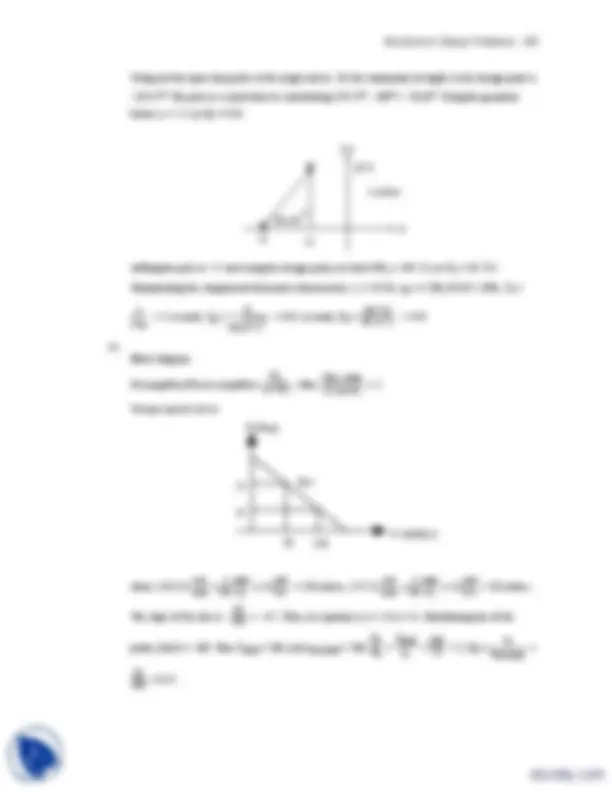
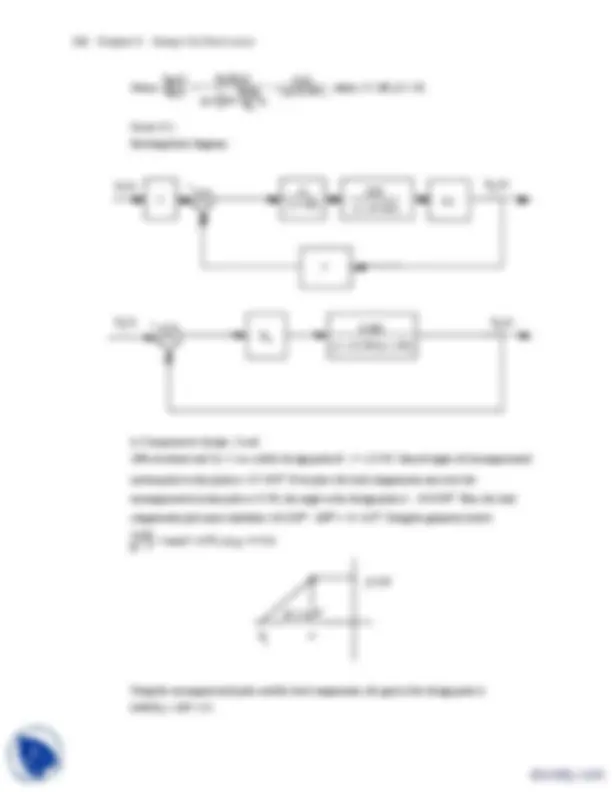
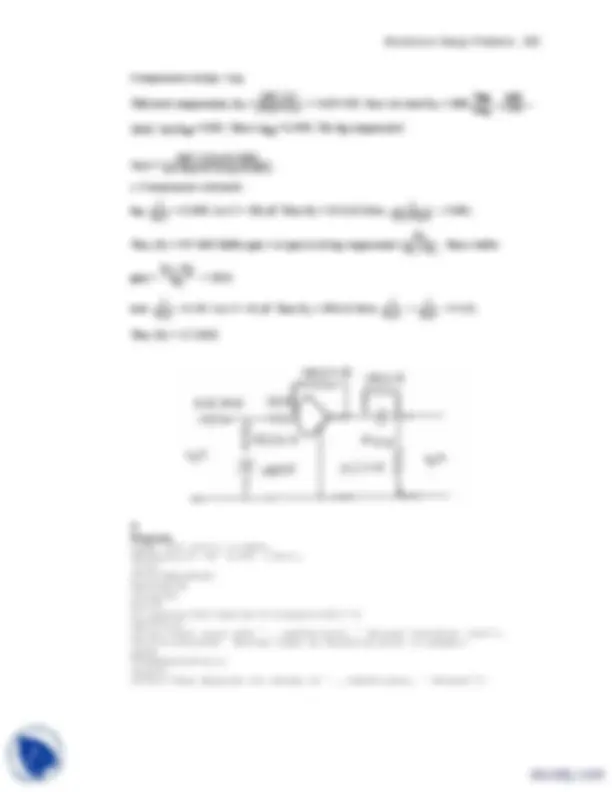

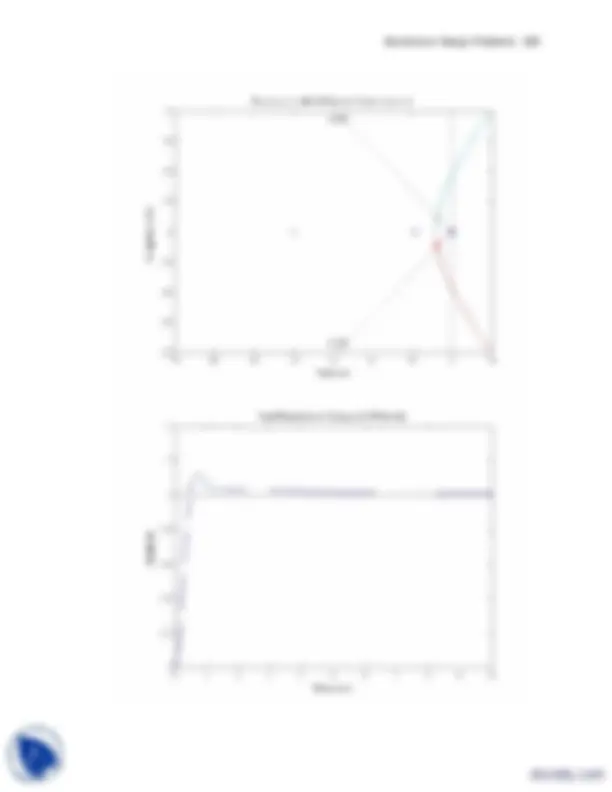
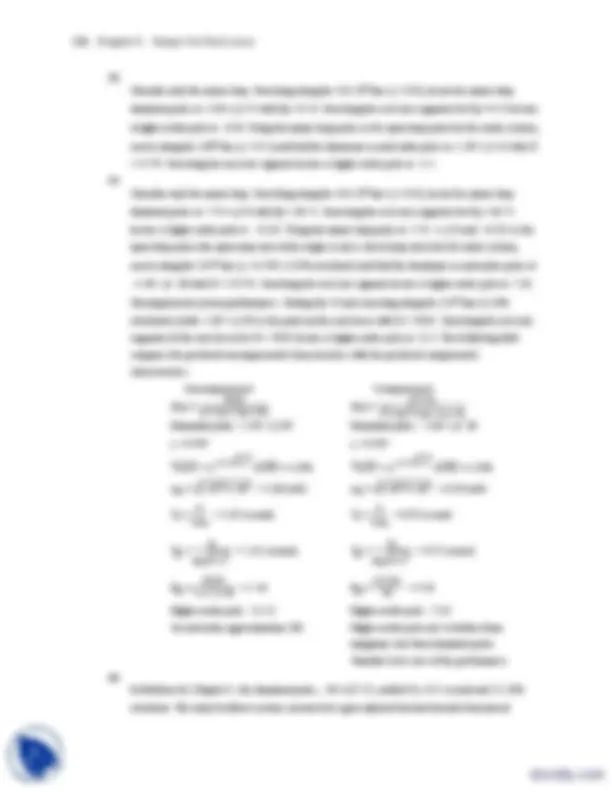
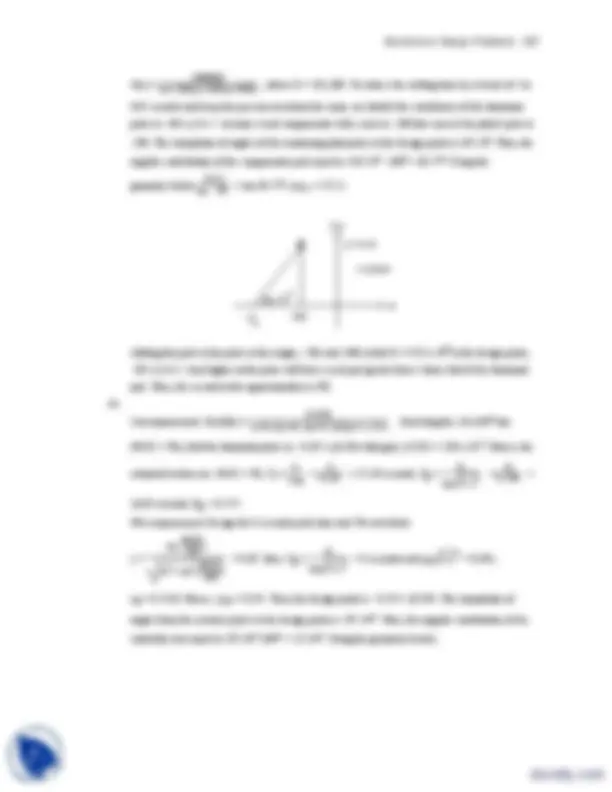
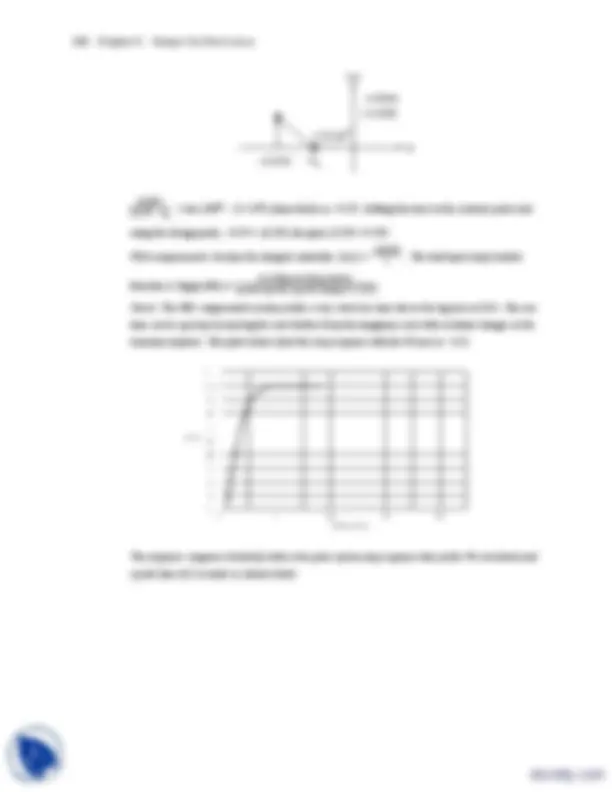
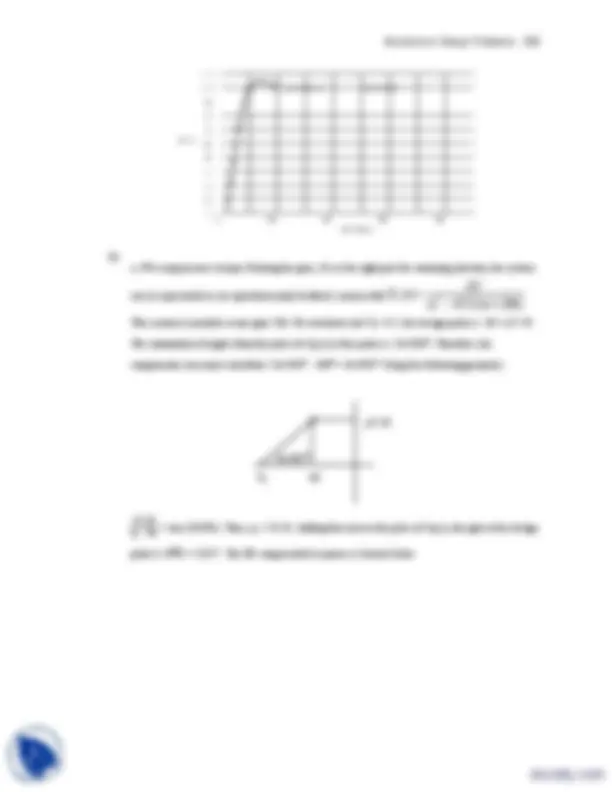
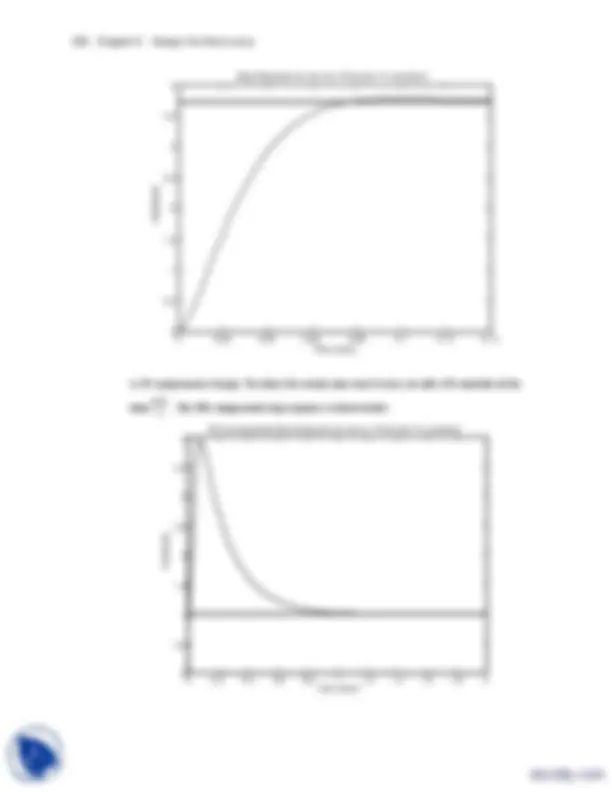
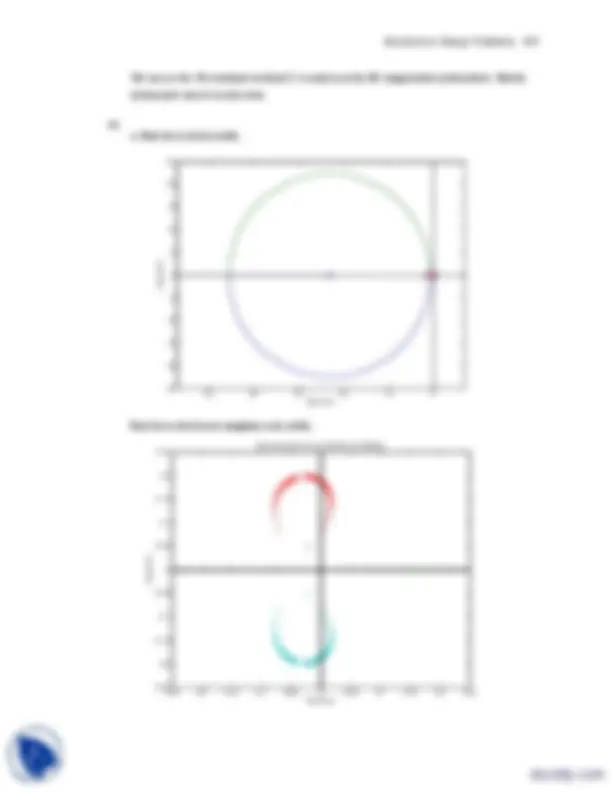
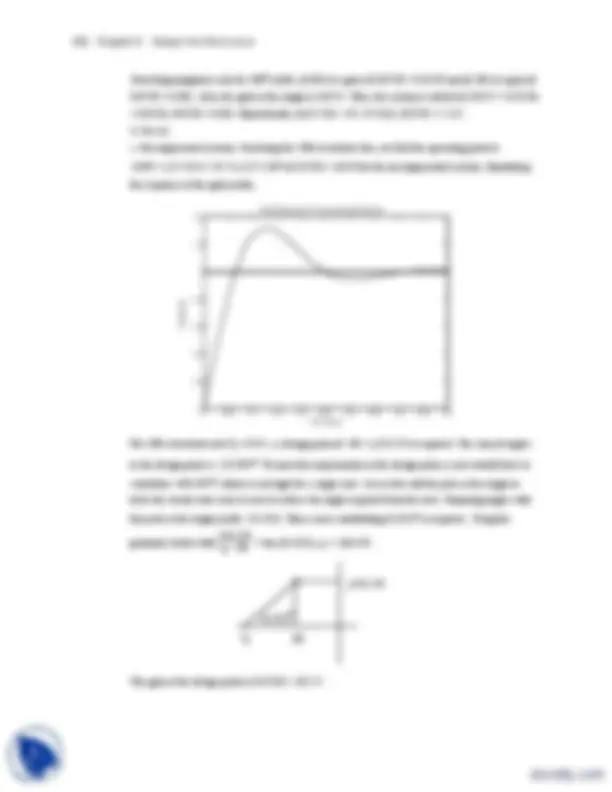
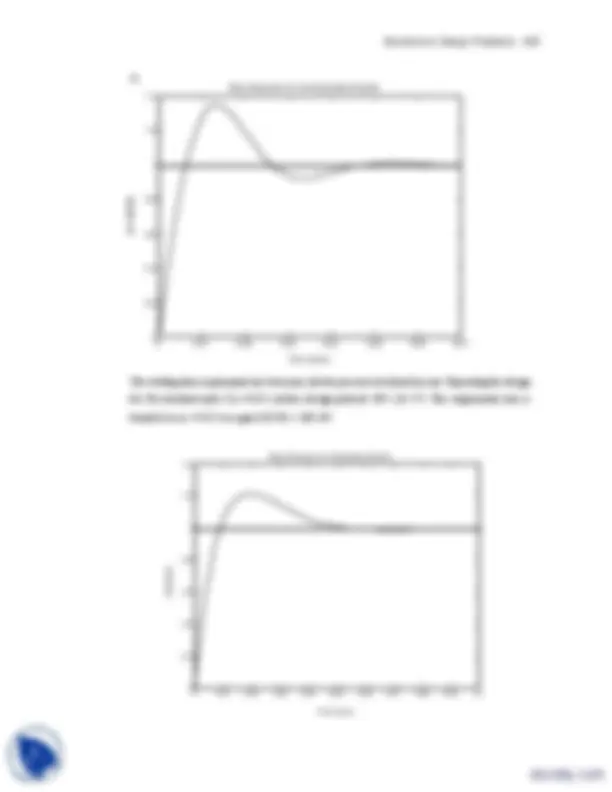
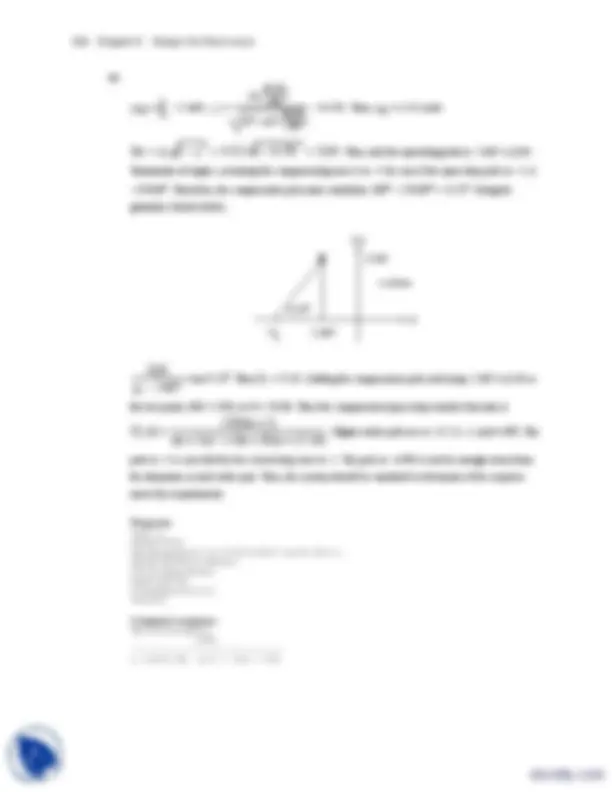
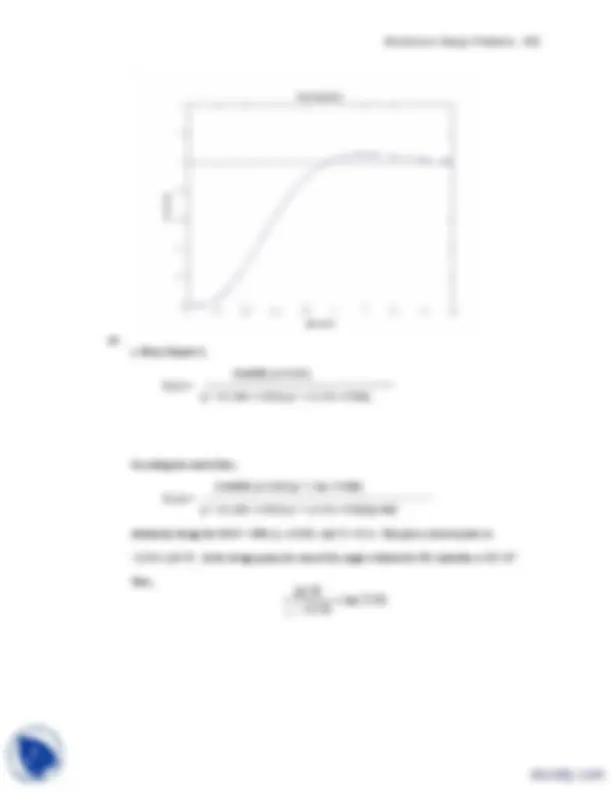
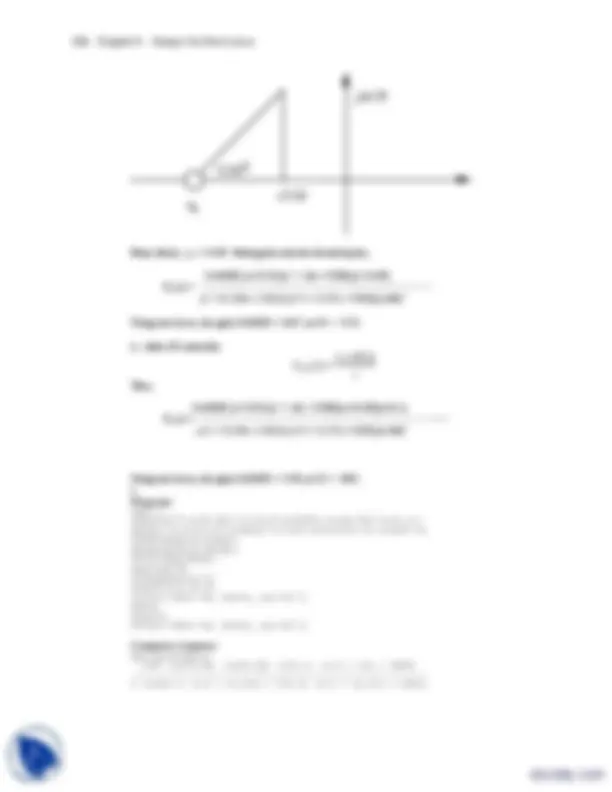
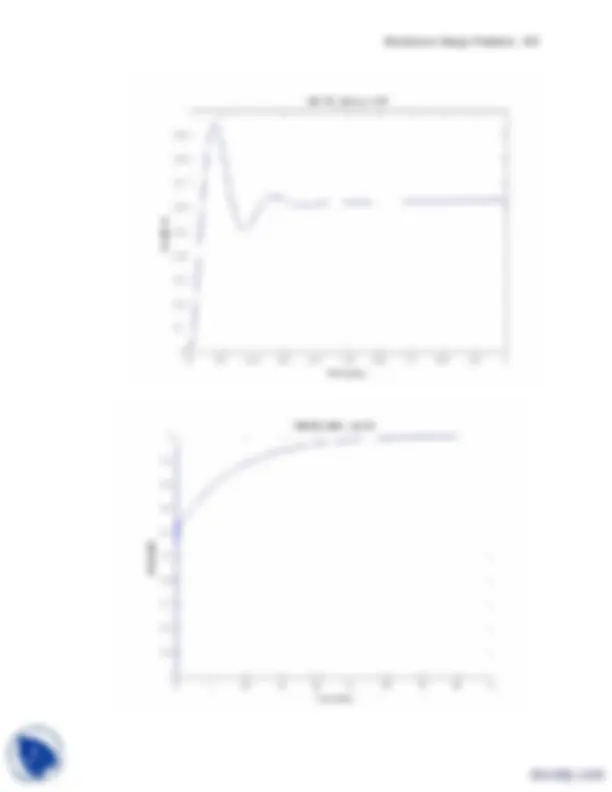


Study with the several resources on Docsity

Earn points by helping other students or get them with a premium plan


Prepare for your exams
Study with the several resources on Docsity

Earn points to download
Earn points by helping other students or get them with a premium plan
Community
Ask the community for help and clear up your study doubts
Discover the best universities in your country according to Docsity users
Free resources
Download our free guides on studying techniques, anxiety management strategies, and thesis advice from Docsity tutors
This is lecture handout for Control Systems course in degree of Electrical Engineering. Dr. Anbu Manghirmalani provided this handout at Birla Institute of Technology and Science. It includes: Design, Root, Locus, Antenna, Control, Lag, Lead, Compensation, Feedback, Vehicle, UFSS, Pole, Network
Typology: Exercises
1 / 91

This page cannot be seen from the preview
Don't miss anything!




















































































a. Uncompensated: From the Chapter 8 Case Study Challenge, G(s) =
s(s+150)(s+1.32) =
s(s+150)(s+1.32) with the dominant poles at - 0.5 ± j6.9. Hence,^ ζ^ = cos (tan^
0.5 ) = 0.0723, or
%OS = 79.63% and T (^) s =
ζωn
0.5 = 8 seconds. Also, K^ v^ =^
150 x 1.32 = 36.33.
b. Lead-Compensated: Reducing the percent overshoot by a factor of 4 yields, %OS =
19.91%, or ζ = 0.457. Reducing the settling time by a factor of 2 yields, Ts =
2 = 4. Improving
K (^) v by 2 yields K (^) v = 72.66. Using T (^) s =
ζωn
= 4, ζωn = 1, from which ωn = 2.188 rad/s. Thus, the
design point equals -ζωn + j ωn 1-ζ^2 = -1 + j1.946. Using the system's original poles and
assuming a lead compensator zero at -1.5, the summation of the system's poles and the lead
compensator zero to the design point is -123.017o^. Thus, the compensator pole must contribute
123.017 o-180 o^ = -56.98 o. Using the geometry below,
p (^) c - 1 = tan 56.^
o, or p (^) c = 2.26.
Adding this pole to the system poles and the compensator zero yields 76.39K = 741.88 at -1+j1.946.
Hence the lead-compensated open-loop transfer function is GLead-comp (s) =
318 Chapter 9: Design Via Root Locus
. Searching the real axis segments of the root locus yields higher-order
poles at greater than -150 and at -1.55. The response should be simulated since there may not be
pole/zero cancellation. The lead-compensated step response is shown below.
Since the settling time and percent overshoot meet the transient requirements, proceed with the lag
compensator. The lead-compensated system has Kv =
741.88 x 1. 150 x 1.32 x 2.26 = 2.487. Since we want K^ v
= 72.66, an improvement of
2.487 = 29.22 is required. Select G(s)^ Lag^ =
s+0. s+0.0001 to improve the
steady-state error by 29.22. A simulation of the lag-lead compensated system,
G (^) Lag-lead-comp(s) =
741.88(s+1.5)(s+0.002922) s(s+150)(s+1.32)(s+2.26)(s+0.0001) is shown below.
320 Chapter 9: Design Via Root Locus
13. No; the feedback compensator's zero is not a zero of the closed-loop system. 14. A. Response of inner loops can be separately designed; B. Faster responses possible; C. Amplification
may not be necessary since signal goes from high amplitude to low.
SOLUTIONS TO PROBLEMS
−ζπ / 1 −ζ 2
= 2.6 seconds; Kp
=2.44. A higher-order pole is located at -10.9285.
0.5 line and find the operating point is at -1.5072 ± j2.6106 with K = 72.23. Hence, the estimated
−ζπ / 1 −ζ 2
compensated system should be simulated to ensure effective pole/zero cancellation.
2.
b. Program: K= G1=zpk([],[0,-2,-5],K) %G1=1/s(s+2)(s+5) Gc=zpk([-0.01],[0],1) %Gc=(s+0.01)/s G=G1Gc rlocus(G) T=feedback(G,1) T1=tf(1,[1,0]) %Form 1/s to integrate step input T2=TT t=0:0.1:200; step(T1,T2,t) %Show input ramp and ramp response
Computer response: K =
1
Zero/pole/gain: 1
s (s+2) (s+5)
Solutions to Problems 321
Zero/pole/gain: (s+0.01)
s
Zero/pole/gain: (s+0.01)
s^2 (s+2) (s+5)
Zero/pole/gain:
(s+5.064) (s+1.829) (s+0.09593)
(s+0.01126)
Transfer function: 1
s
Zero/pole/gain:
s (s+5.064) (s+1.829) (s+0.09593)
(s+0.01126)
a. Searching along the 126.16 o^ line (10% overshoot, ζ = 0.59), find the operating point at
Solutions to Problems 323
Computer response: K =
Zero/pole/gain:
s (s+3) (s+5)
Zero/pole/gain: (s+0.3429)
(s+0.1)
a. Uncompensated: Searching along the 126.16 o^ line (10% overshoot, ζ = 0.59), find the operating
point at -2.03 + j2.77 with K = 45.72. Hence, K (^) p =
2 x 4 x 6 = 0.9525. An improvement of^
= 20.1 is required. Let G (^) c (s) =
0.01. Compensated: Searching along the 126.
o (^) line (10%
overshoot, ζ = 0.59), find the operating point at - 1.99+j2.72 with K = 46.05. Hence, K (^) p =
46.05 x 0. 2 x 4 x 6 x 0.01 = 19.28.
324 Chapter 9: Design Via Root Locus
b.
c. From (b), about 28 seconds
Uncompensated: Searching along the 135 o^ line (ζ = 0.707), find the operating point at
-2.32 + j2.32 with K = 4.6045. Hence, K (^) p =
= 0.153; T (^) s =
= 1.724 seconds; T (^) p =
π
−ζπ / 1 −ζ 2
Compensated: To reduce the settling time by a factor of 2, the closed-loop poles should be – 4.64 ±
j4.64. The summation of angles to this point is 119 o^. Hence, the contribution of the compensating
zero should be 180o^ -119 o^ =61 o^. Using the geometry shown below,
= tan (61 o). Or, zc = 7.21.
326 Chapter 9: Design Via Root Locus
done=1; while done> a=input('Enter a Test PD Compensator, (s+a). a = ') numc=[1 a]; 'Gc(s)' GGc=tf(conv(numg,numc),deng); GGczpk=zpk(GGc) wn=4/[(estimated_settling_time/2)z]; rlocus(GGc) sgrid(z,wn) title(['PD Compensated Root Locus with ' , num2str(z),... ' Damping Ratio Line', 'PD Zero at ', num2str(a), ', and Required Wn']) done=input('Are you done? (y=0,n=1) '); end [K,p]=rlocfind(GGc); %Allows input by selecting point on graphic 'Closed-loop poles = ' p i=input('Give pole number that is operating point '); 'Summary of estimated specifications' operatingpoint=p(i) gain=K estimated_settling_time=4/abs(real(p(i))) estimated_peak_time=pi/abs(imag(p(i))) estimated_percent_overshoot=pos estimated_damping_ratio=z estimated_natural_frequency=sqrt(real(p(i))^2+imag(p(i))^2) Kp=dcgain(KGGc) 'T(s)' T=feedback(K*GGc,1) 'Press any key to continue and obtain the step response' pause step(T) title(['Step Response for Compensated System with ' , num2str(z),... ' Damping Ratio'])
Computer response: ans =
Uncompensated System
ans =
G(s)
Zero/pole/gain: (s+6)
(s+5) (s+3) (s+2)
Select a point in the graphics window
selected_point =
-2.3104 + 2.2826i
ans =
Closed-loop poles =
p =
-5. -2.3199 + 2.2835i
Solutions to Problems 327
-2.3199 - 2.2835i
Give pole number that is operating point 2
ans =
Summary of estimated specifications
operatingpoint =
-2.3199 + 2.2835i
gain =
estimated_settling_time =
estimated_peak_time =
estimated_percent_overshoot =
estimated_damping_ratio =
estimated_natural_frequency =
Kp =
ans =
T(s)
Transfer function: 4.466 s + 26.
s^3 + 10 s^2 + 35.47 s + 56.
ans =
Press any key to continue and obtain the step response
ans =
Solutions to Problems 329
operatingpoint =
-4.6381 + 4.5755i
gain =
estimated_settling_time =
estimated_peak_time =
estimated_percent_overshoot =
estimated_damping_ratio =
estimated_natural_frequency =
Kp =
ans =
T(s)
Transfer function: 4.75 s^2 + 62.22 s + 202.
s^3 + 14.75 s^2 + 93.22 s + 232.
ans =
Press any key to continue and obtain the step response
330 Chapter 9: Design Via Root Locus
332 Chapter 9: Design Via Root Locus
The uncompensated system performance is summarized in Table 9.8 in the text. To improve settling
time by 4, the dominant poles need to be at -7.236 ± j14.123. Summing the angles from the open-loop
poles to the design point yields -277.326 o. Thus, the zero must contribute 277.326 o^ - 180 o^ = 97.326 o.
Using the geometry below,
7.236 - zc = tan(180-97.326). Thus, z^ c^ = 5.42. Adding the zero and evaluating the gain at the design point yields K = 256.819. Summarizing results:
Solutions to Problems 333
a. ζωn =
Ts = 2.5;^ ζ^ =
= 0.404. Thus, ωn = 6.188 rad/s and the operating
point is - 2.5 ± j5.67.
b. Summation of angles including the compensating zero is -150.06o. Therefore, the compensator
pole must contribute 150.06 o^ - 180 o^ = -29.94 o.
c. Using the geometry shown below,
p (^) c - 2.5 = tan 29.^
o. Thus, pc = 12.34.
Solutions to Problems 335
tan 48.64 o. Thus, pc = 6.06.
c. Adding the compensator pole and using -2.4 + j4.16 as the test point, K = 29.117.
d. Searching the real axis segments for K = 29.117, we find a higher-order pole at -1.263.
e. Pole at -1.263 is near the zero at -1. Simulate to ensure accuracy of results.
f. K (^) a =
g.
From the plot, Ts = 1.4 seconds; Tp = 0.68 seconds; %OS = 35%.
336 Chapter 9: Design Via Root Locus
a.
-10 -10 -8 -6 -4 -2 0 2
0
2
4
6
8
10
Real Axis
Imag Axis
Uncompensated Root Locus with 0.8 Damping Line
b. and c. Searching along the ζ = 0.8 line (143.13 o), find the operating point at
–2.682 + j2.012 with K = 35.66.
d. Since ζωn =
Ts , the real part of the compensated dominant pole is -4. The imaginary part is
4 tan (180 o-143.13 o) = 3. Using the uncompensated system's poles and zeros along with the
compensator zero at - 4.5, the summation of angles to the design point, -4 + j3 is –158.71o. Thus, the
contribution of the compensator pole must be 158.71 o^ - 180 o^ = -21.29 0. Using the following
geometry,
= tan 21.29 0 , or pc = 11.7.
Adding the compensator pole and using – 4 + j3 as the test point, K = 172.92.
e. Compensated: Searching the real axis segments for K = 172.92, we find higher-order poles at
14.19, and approximately at –5.26 ± j0.553. Since there is no pole/zero cancellation with the zeros at
-6 and –4.5, the system should be simulated to check the settling time.